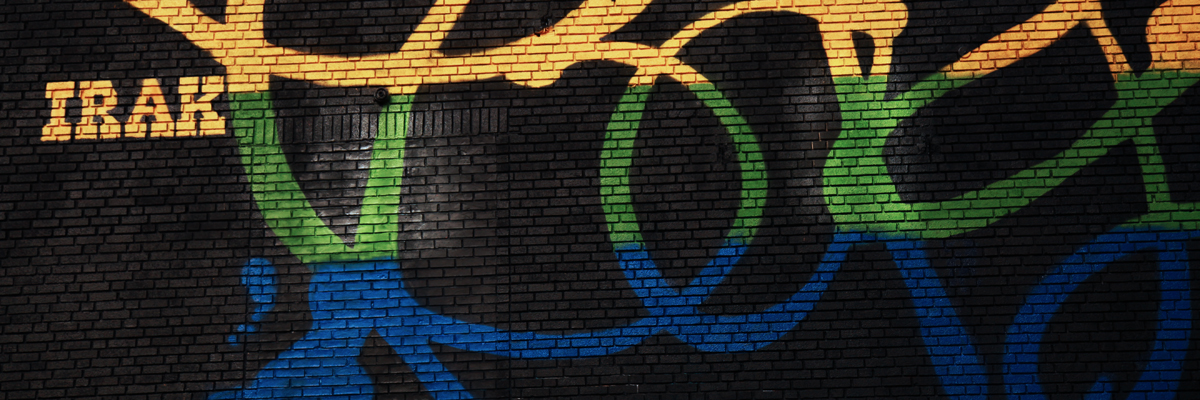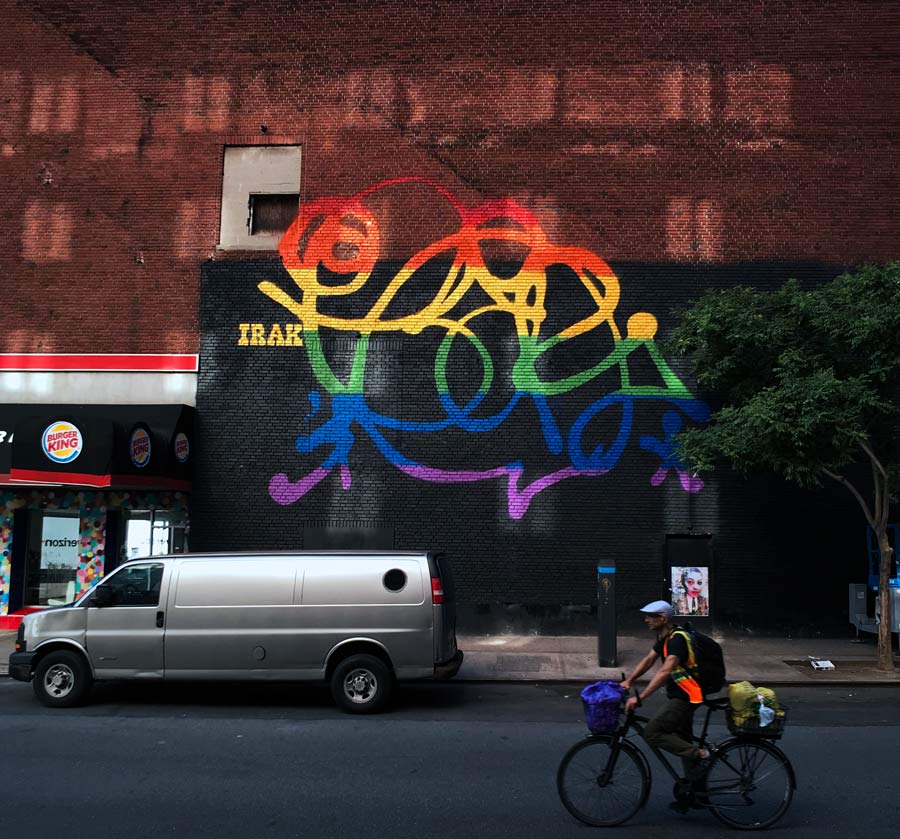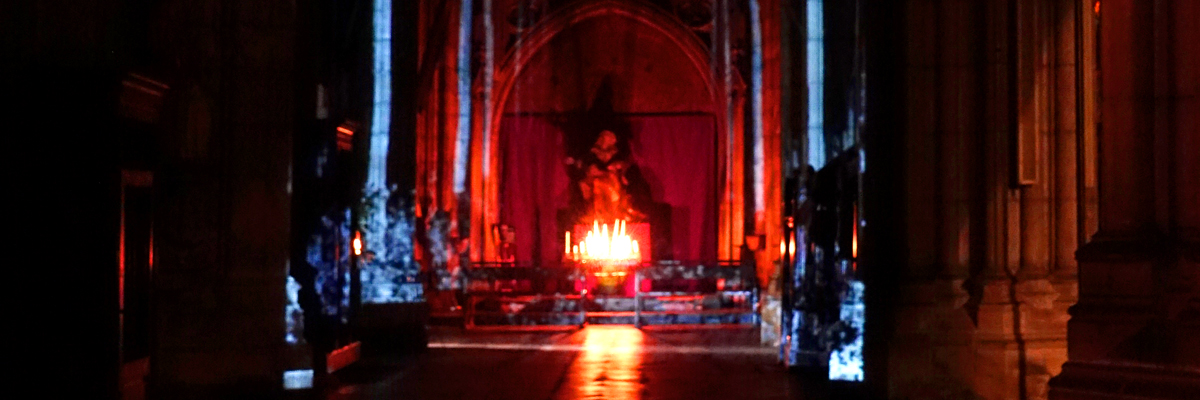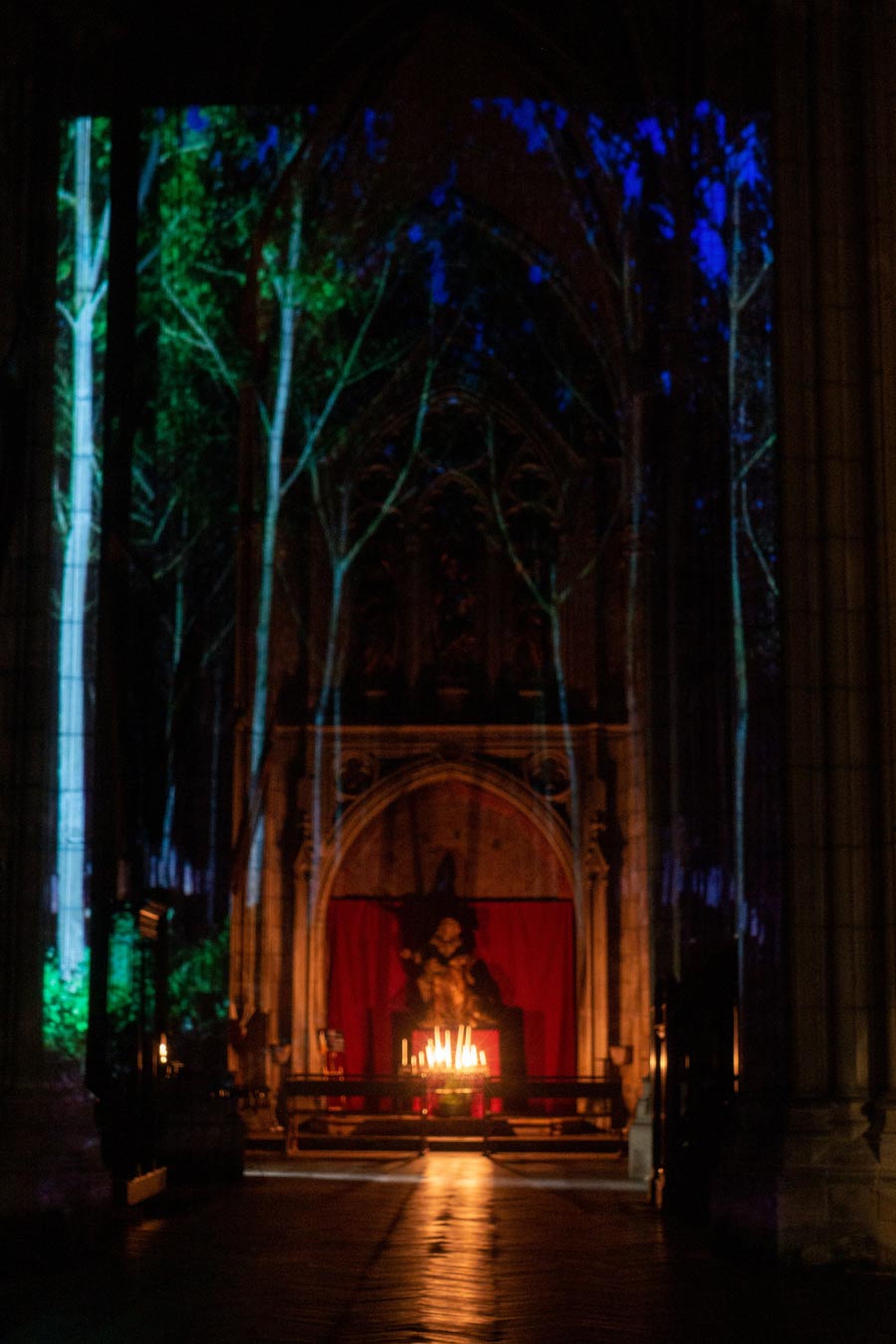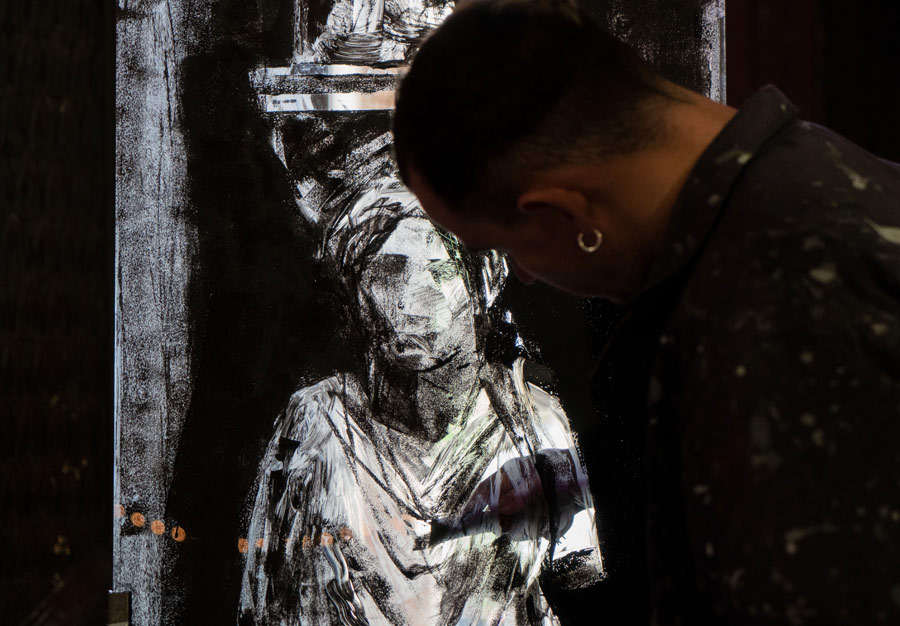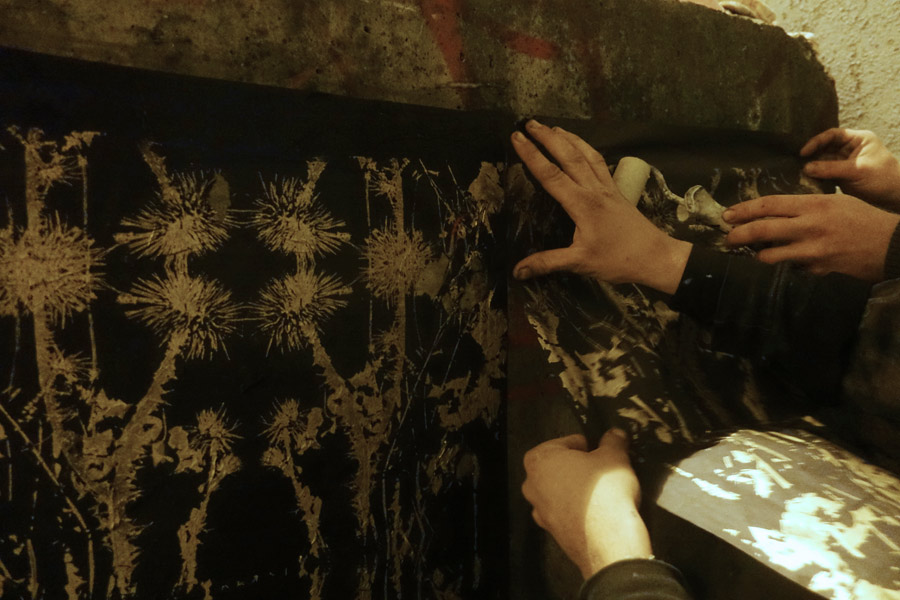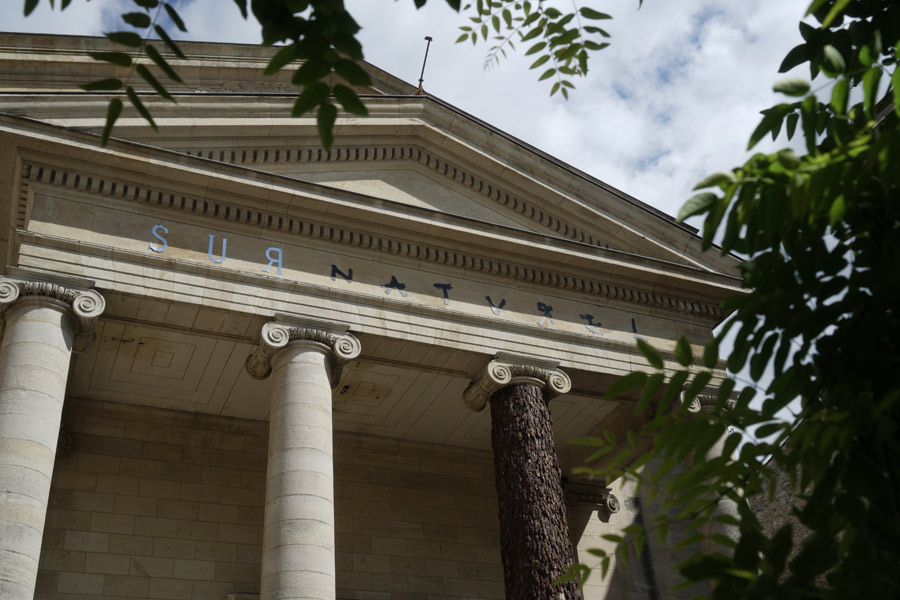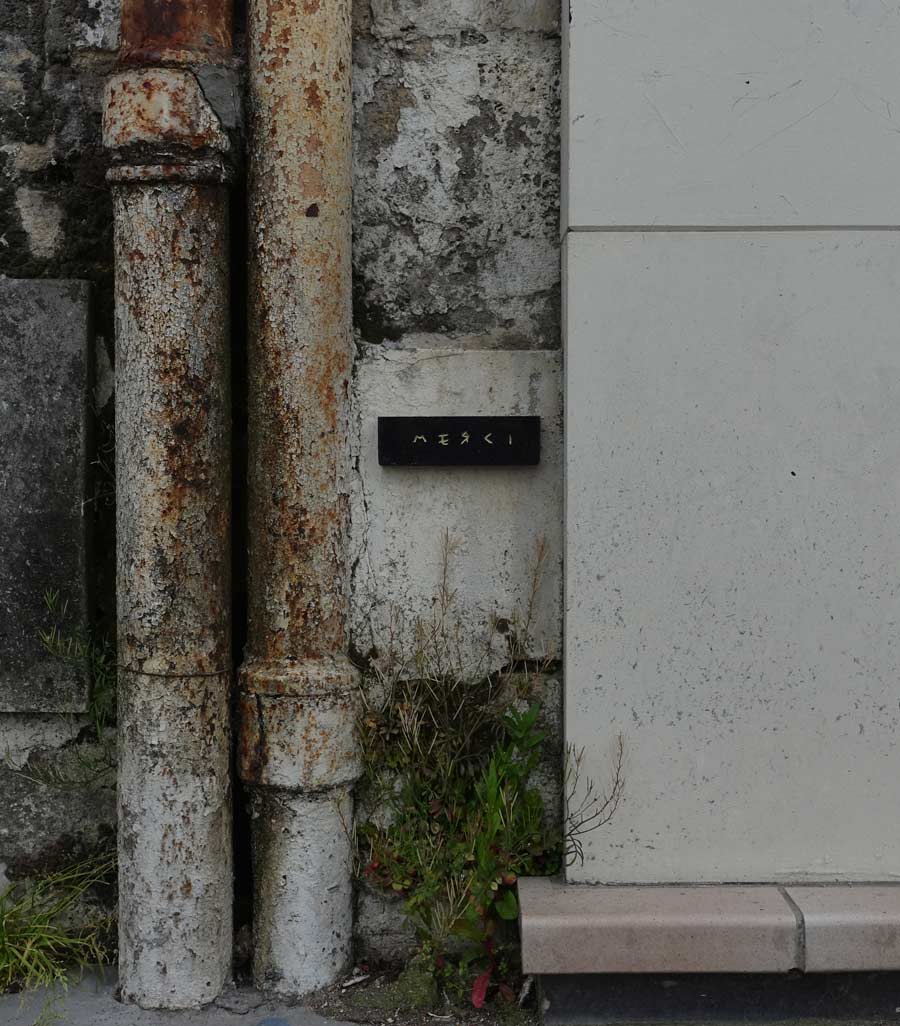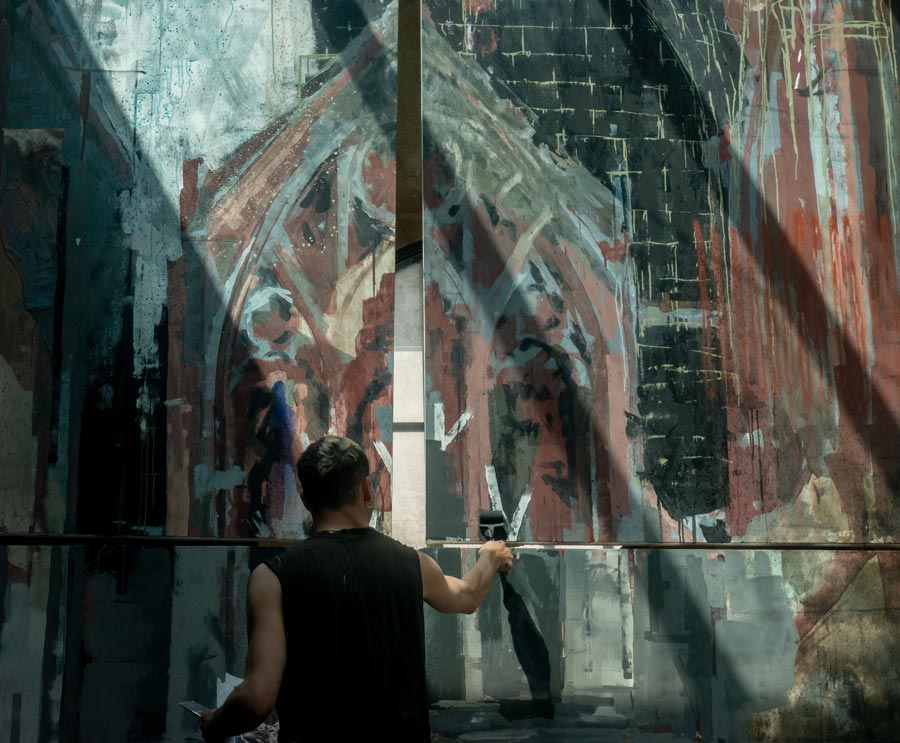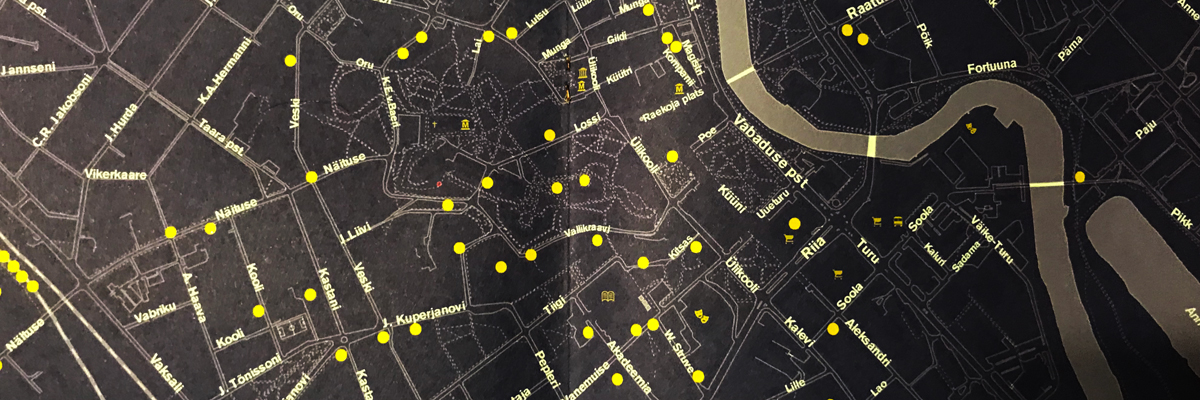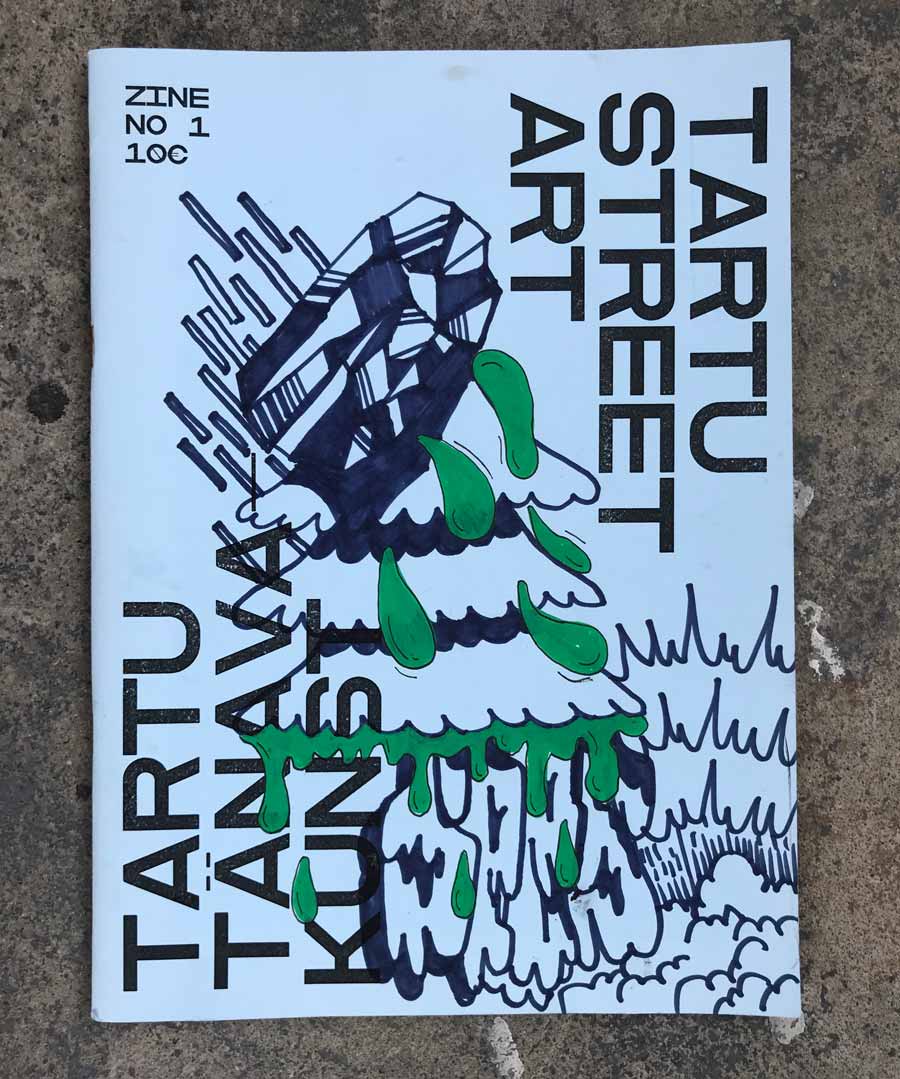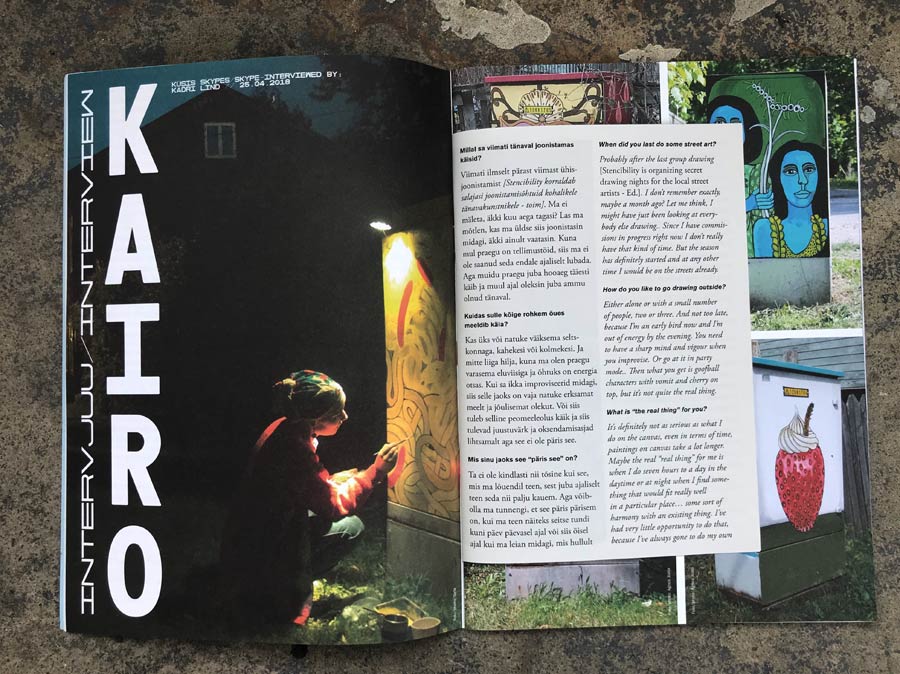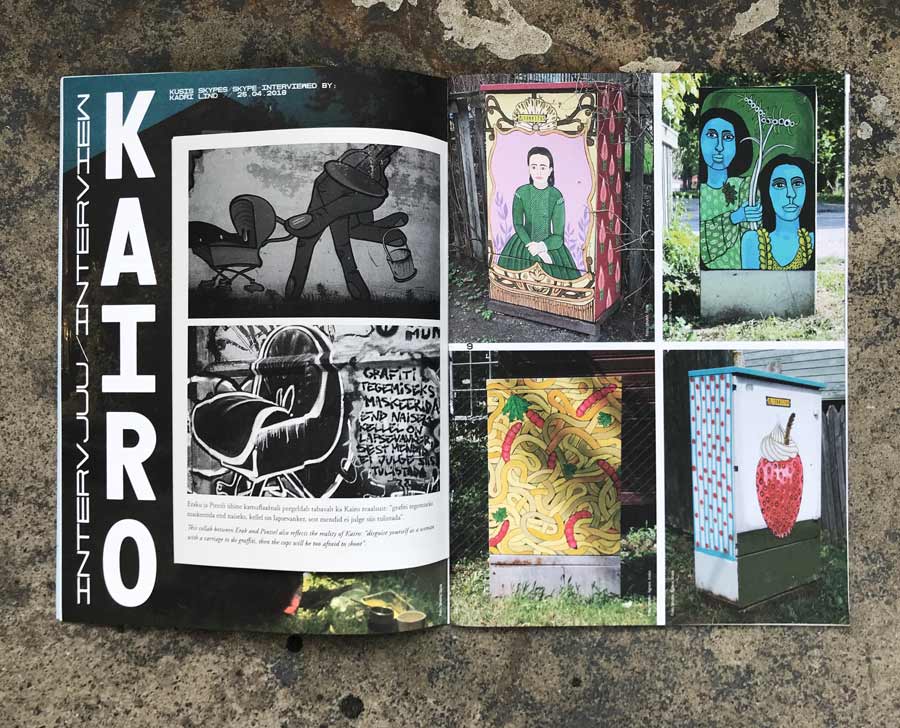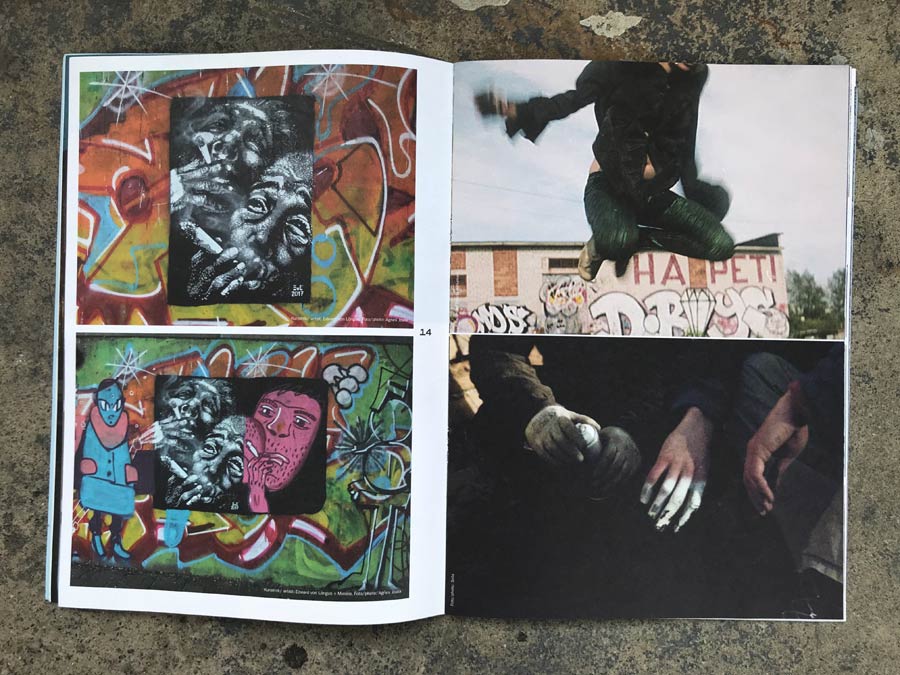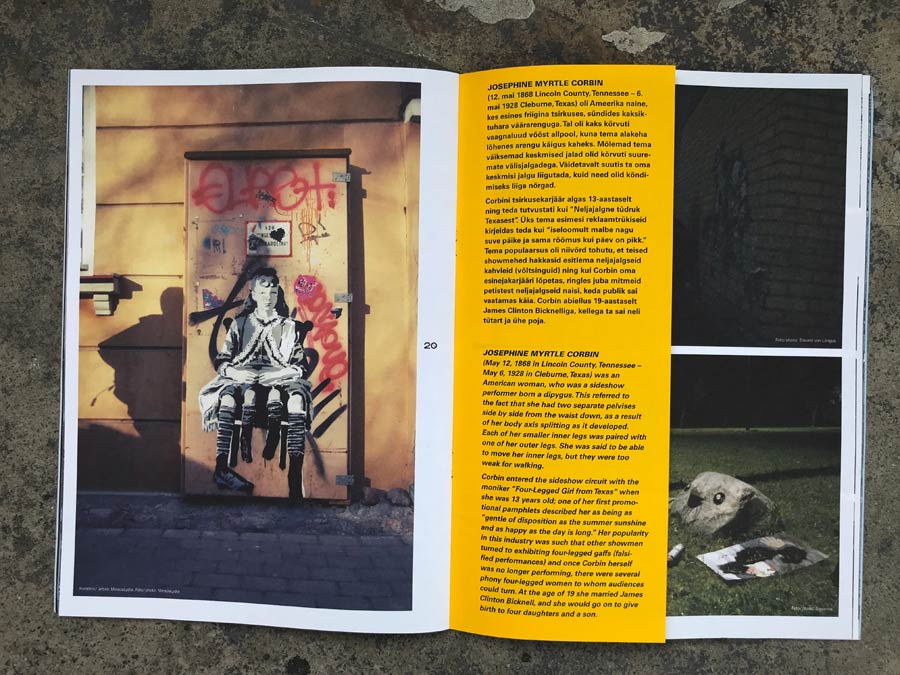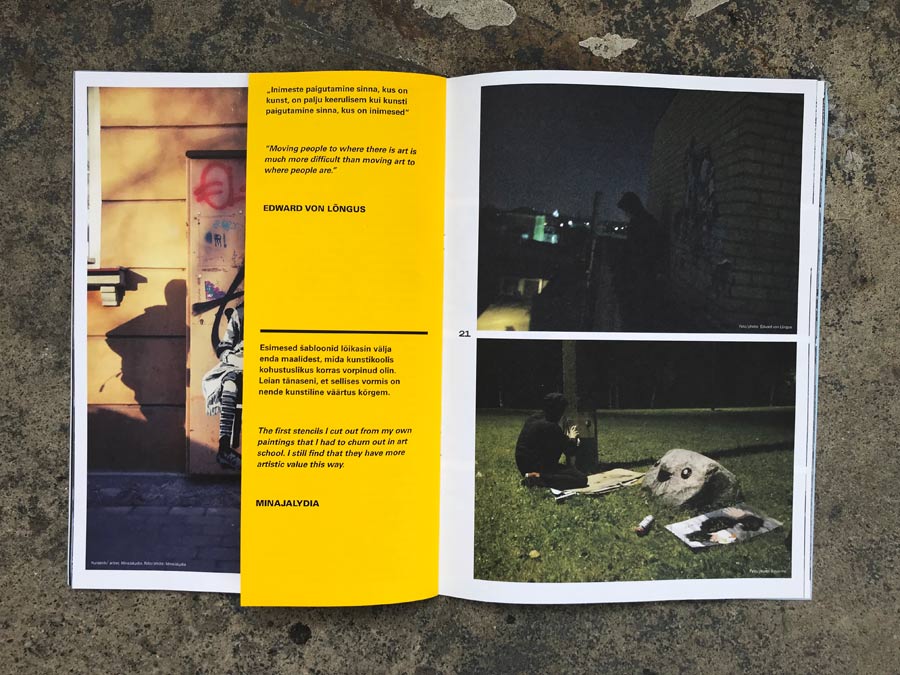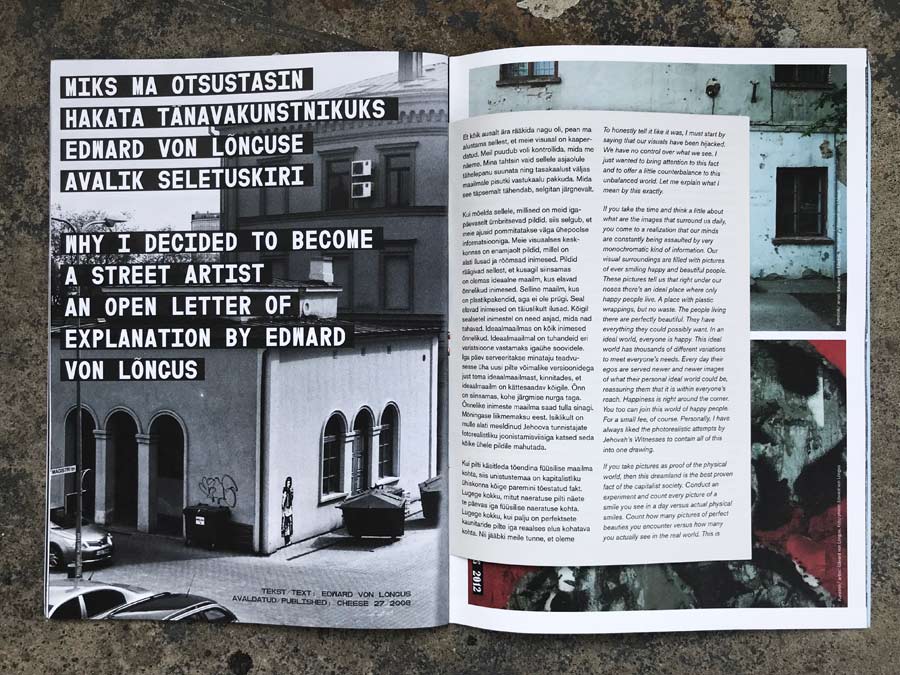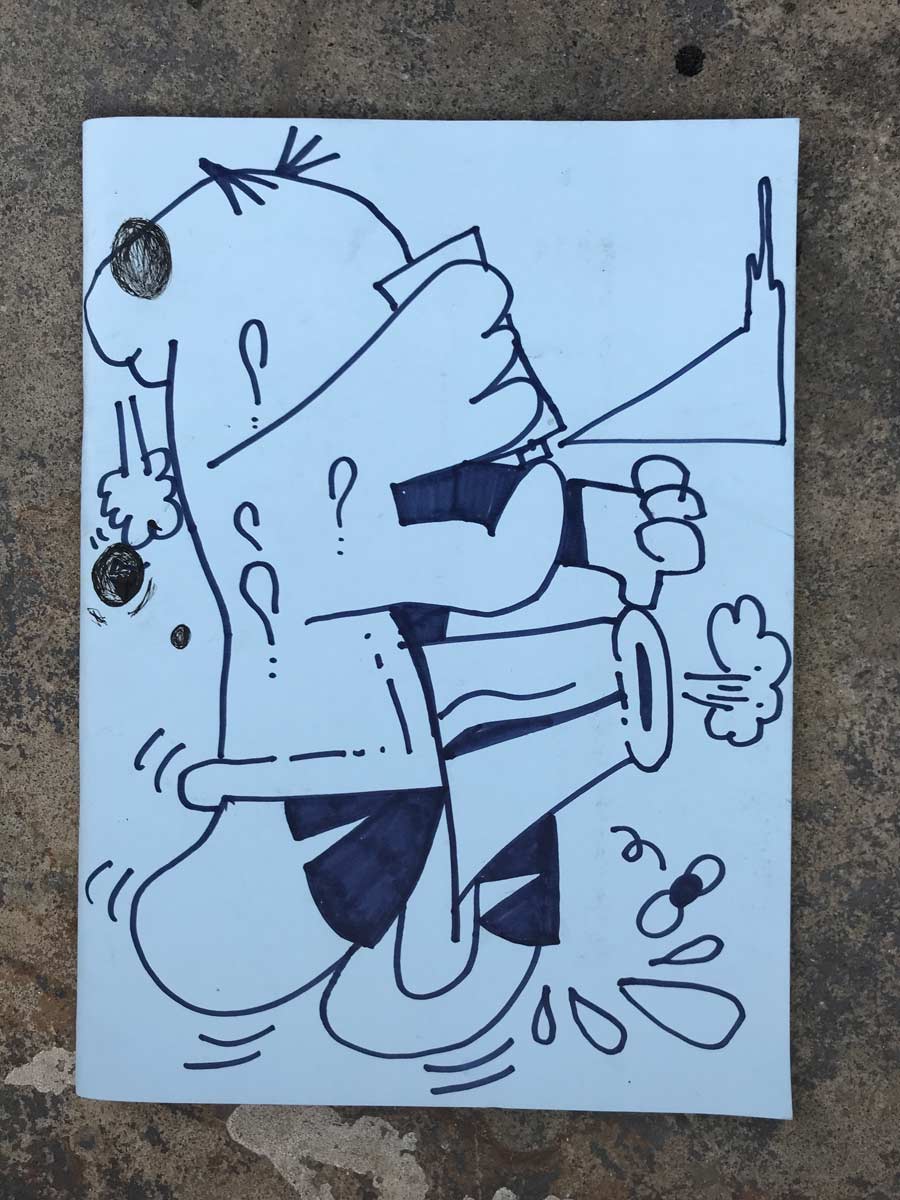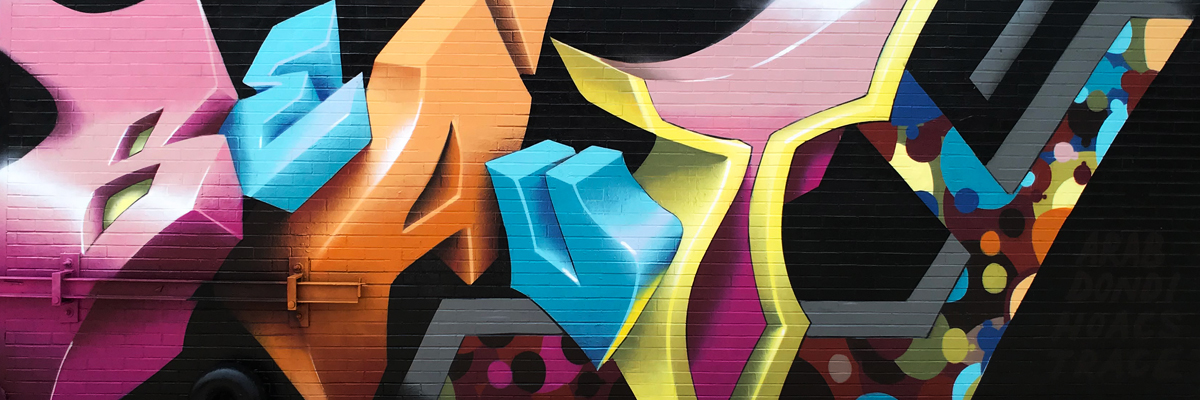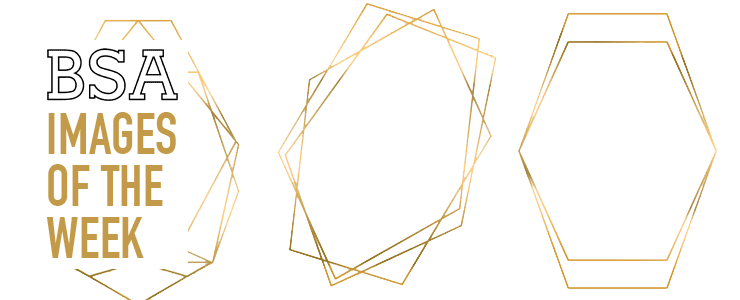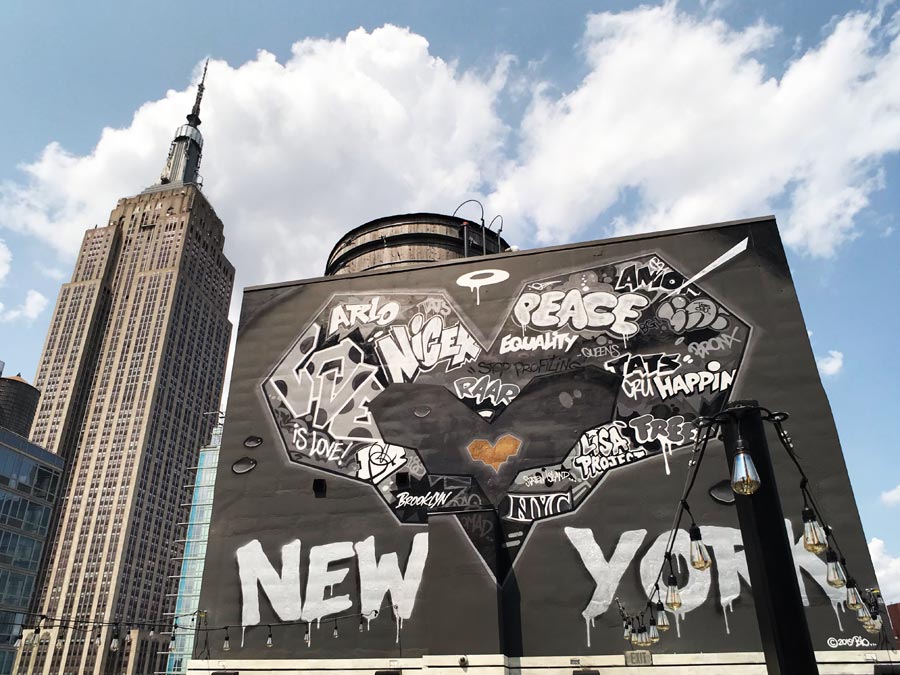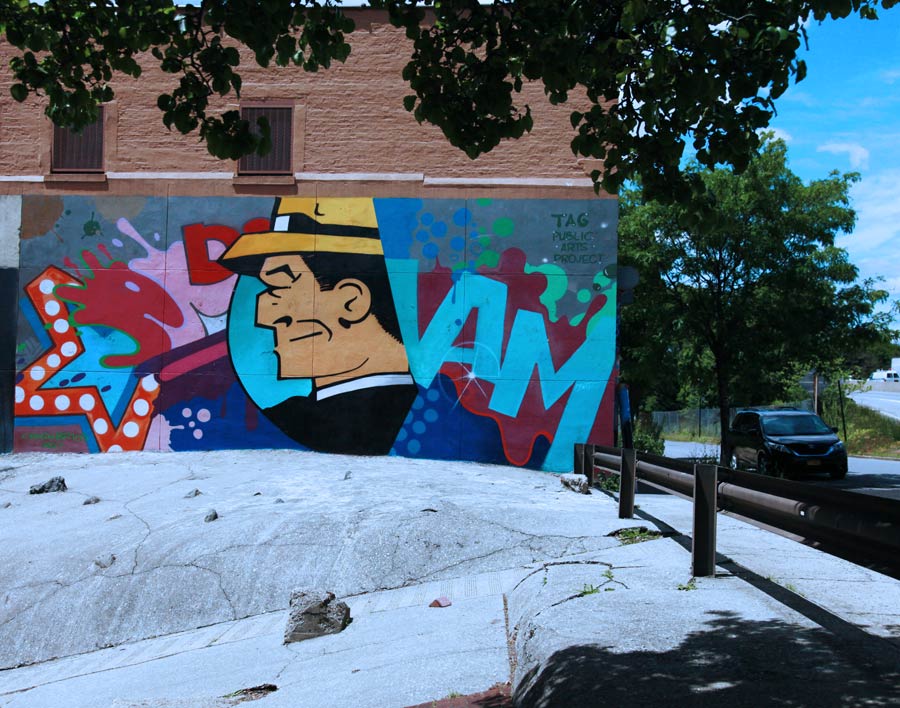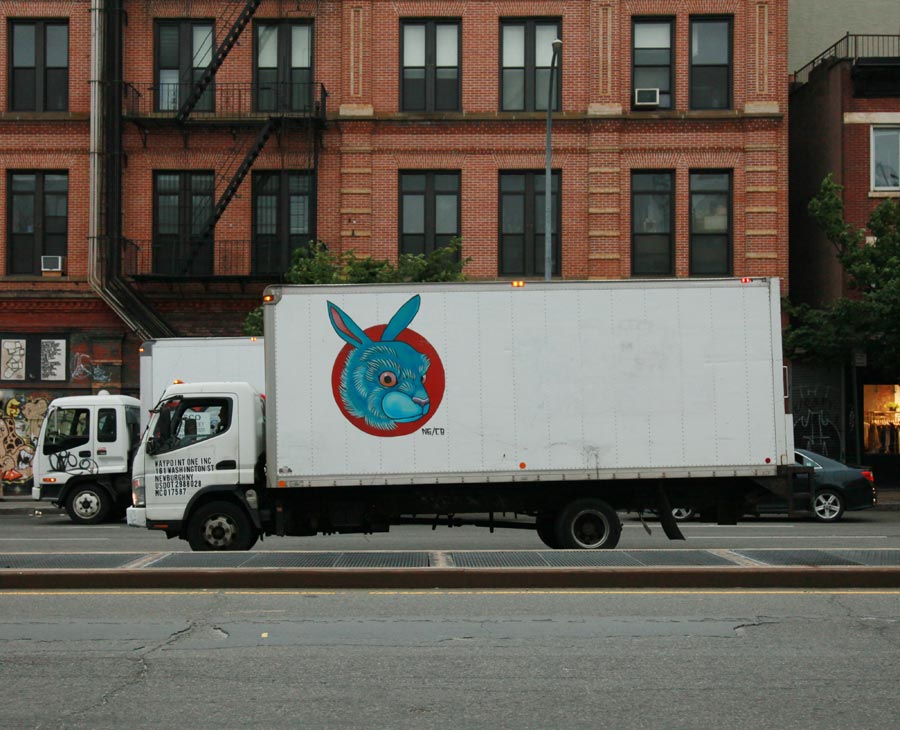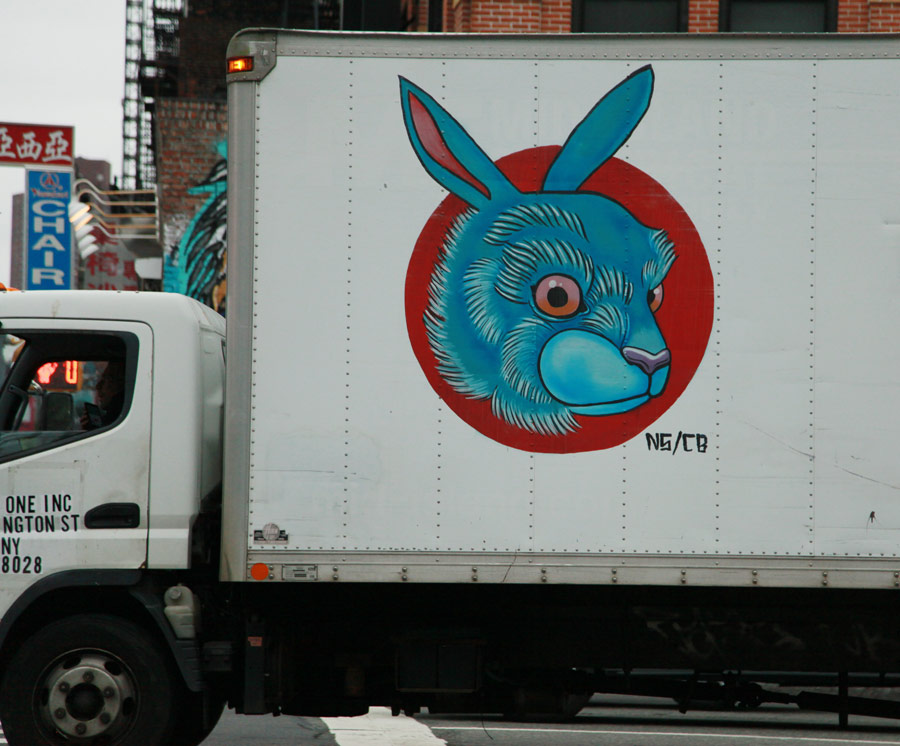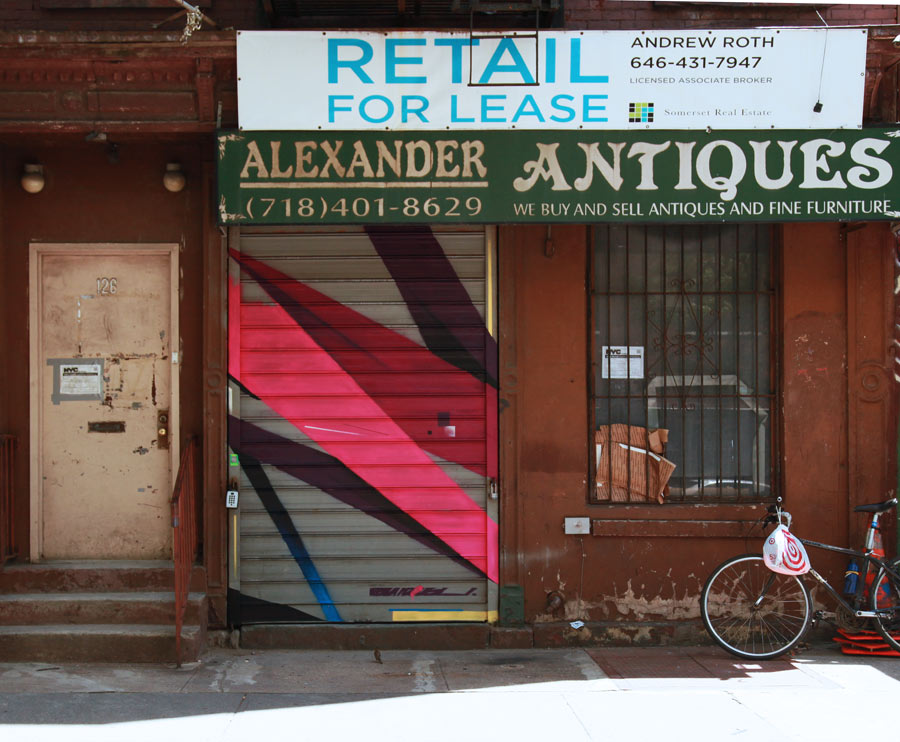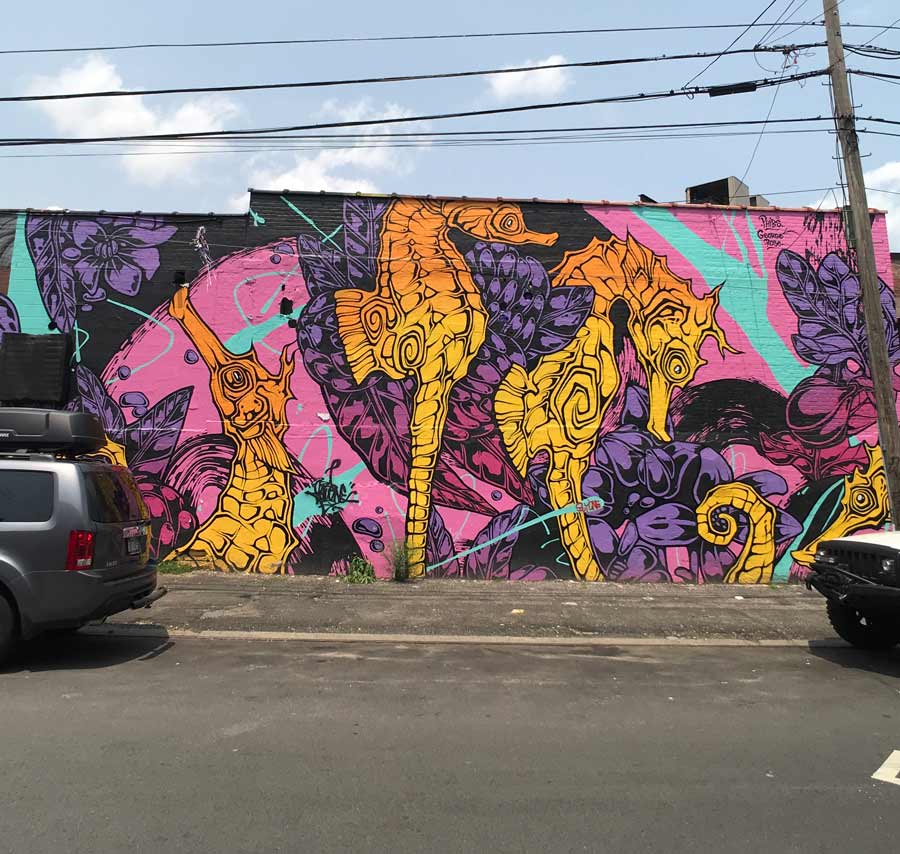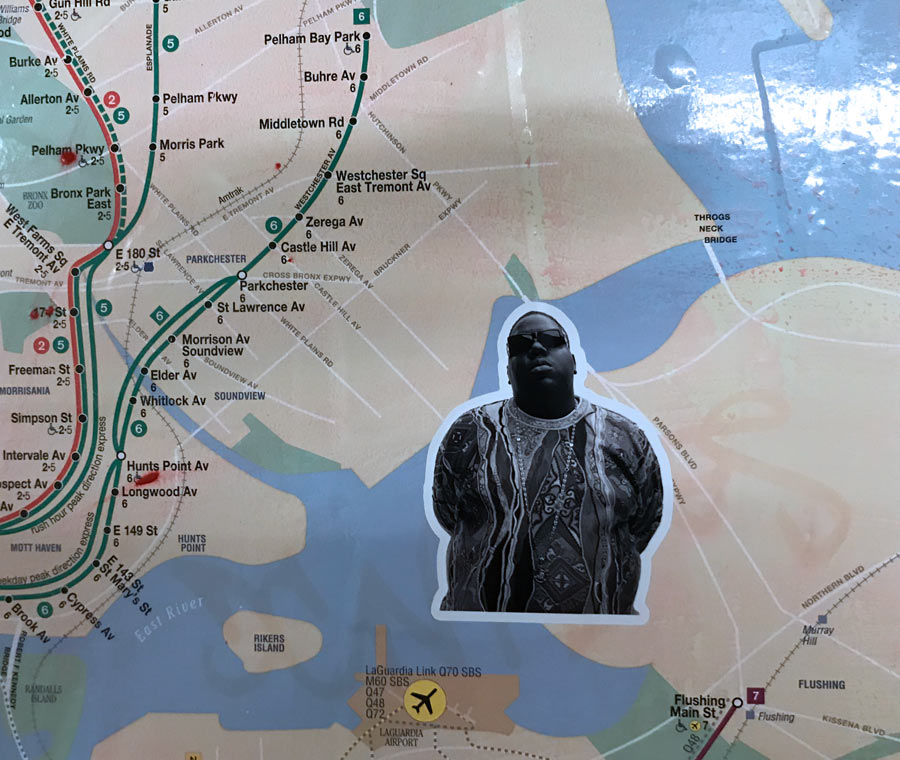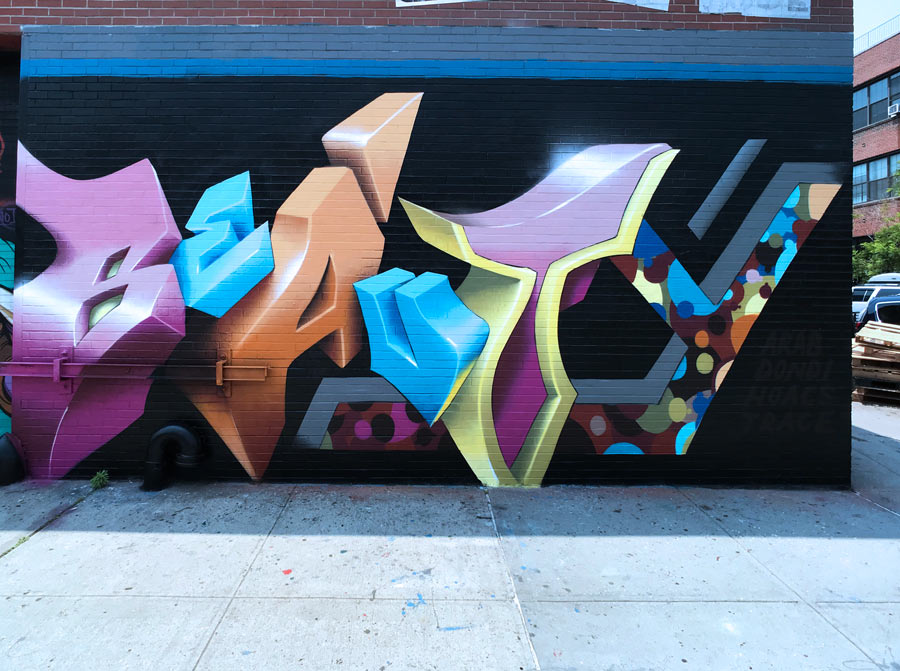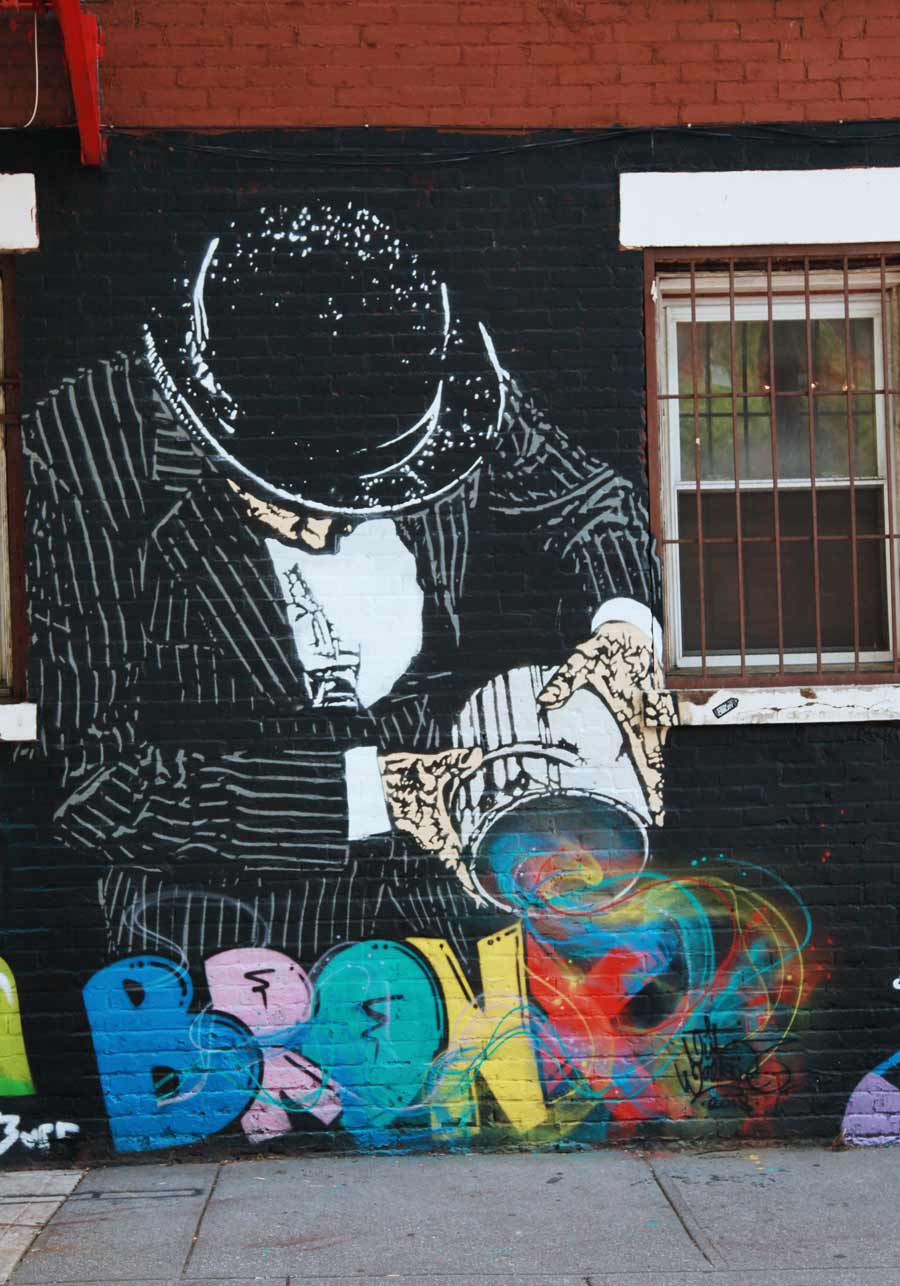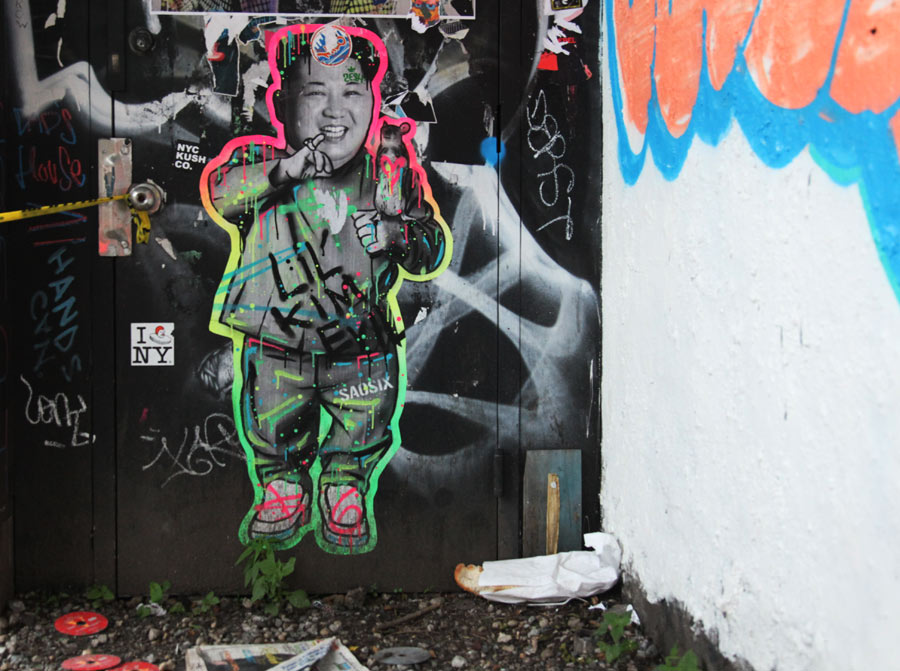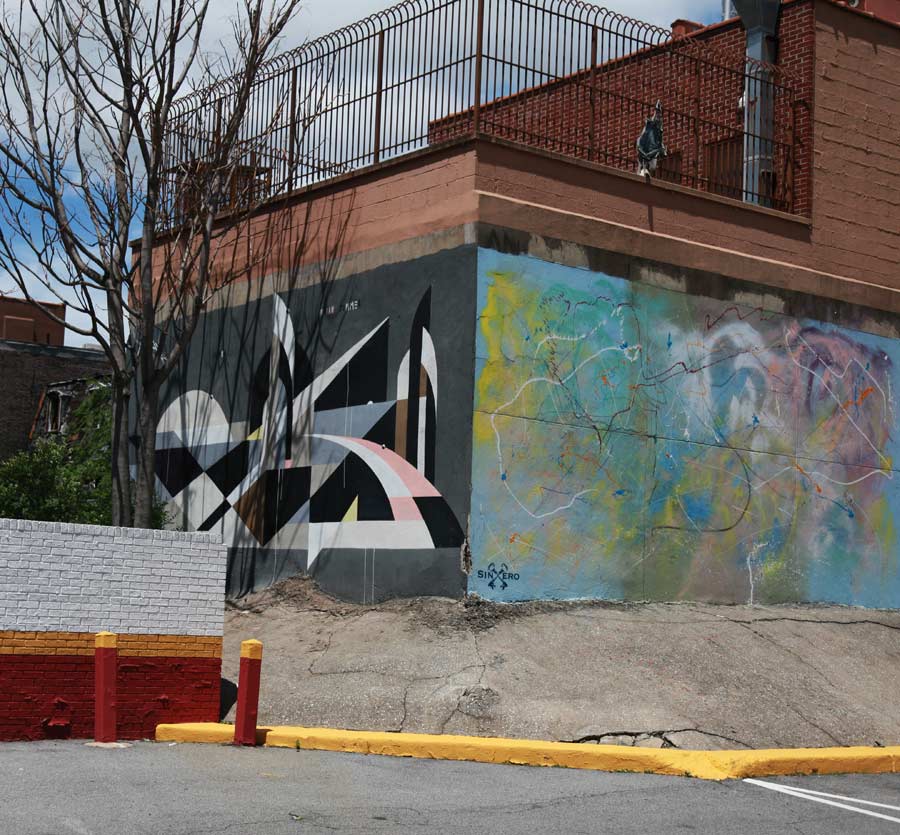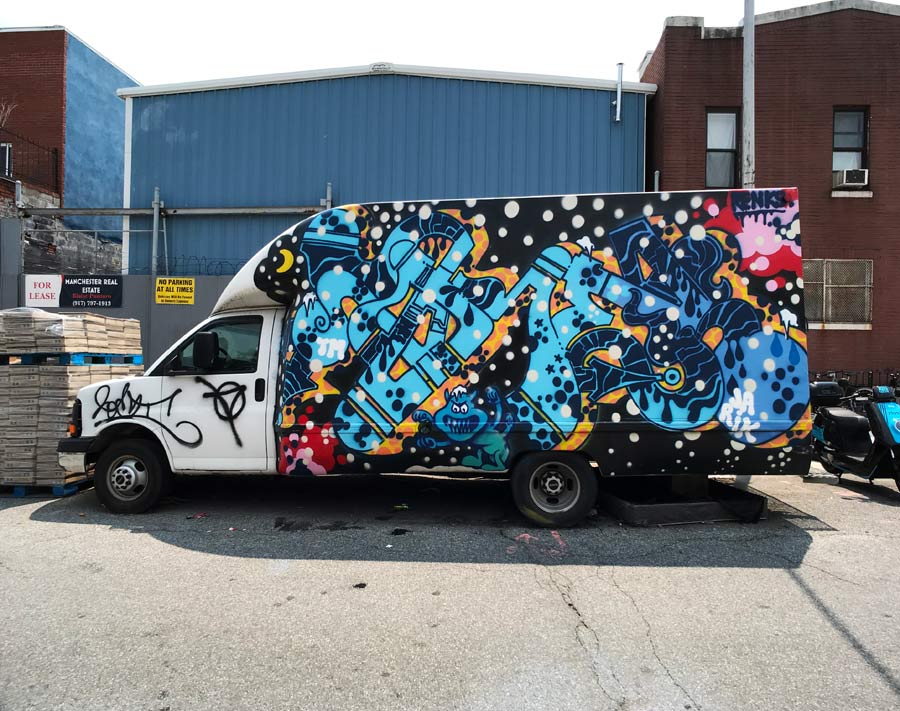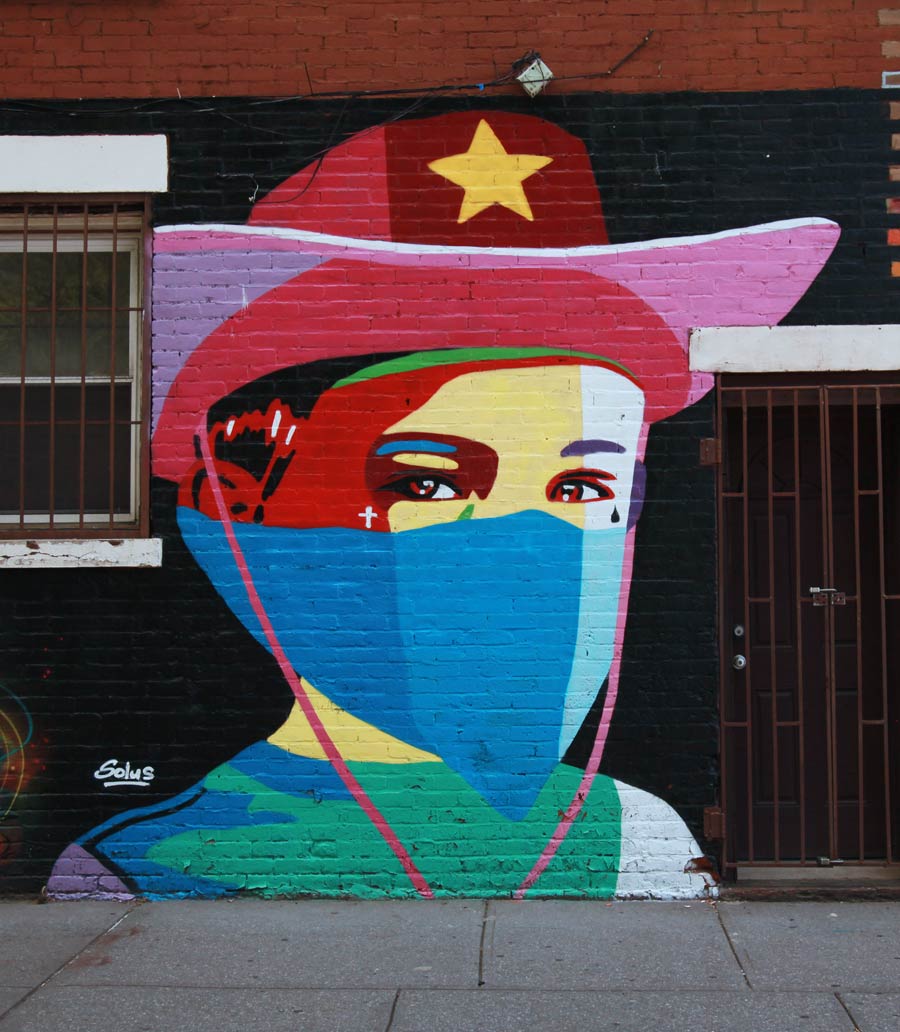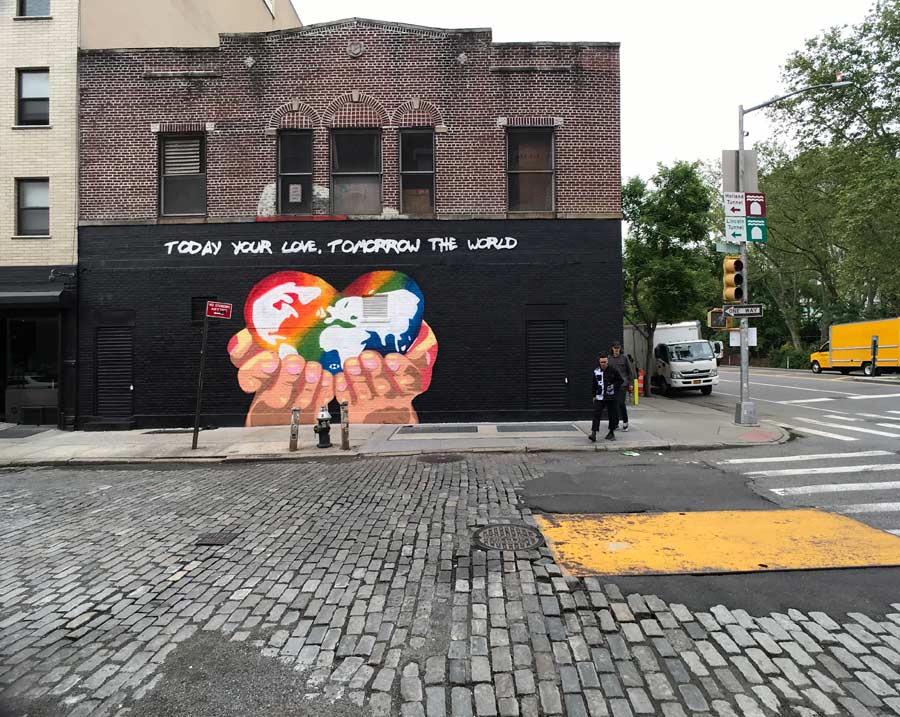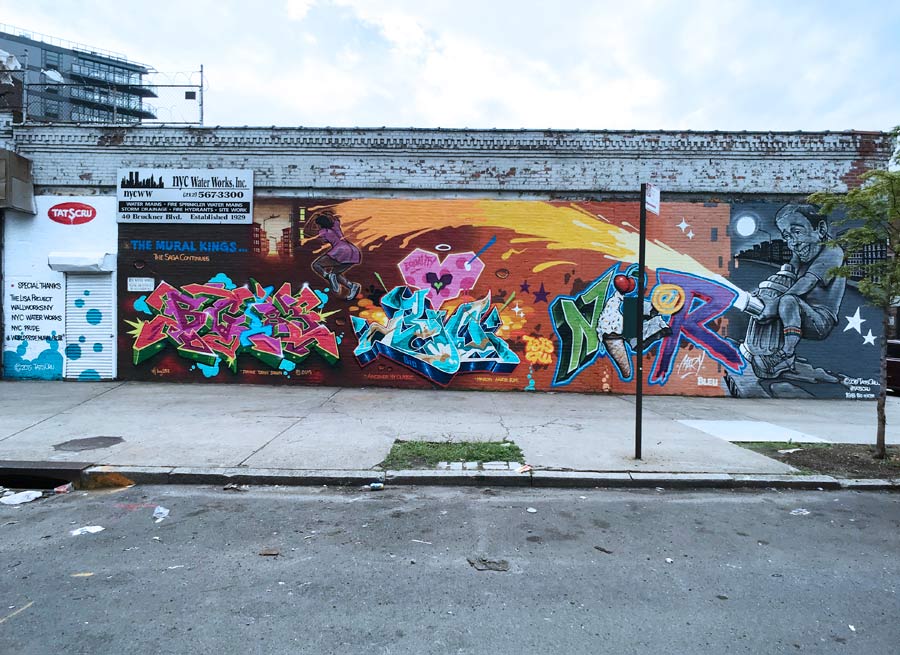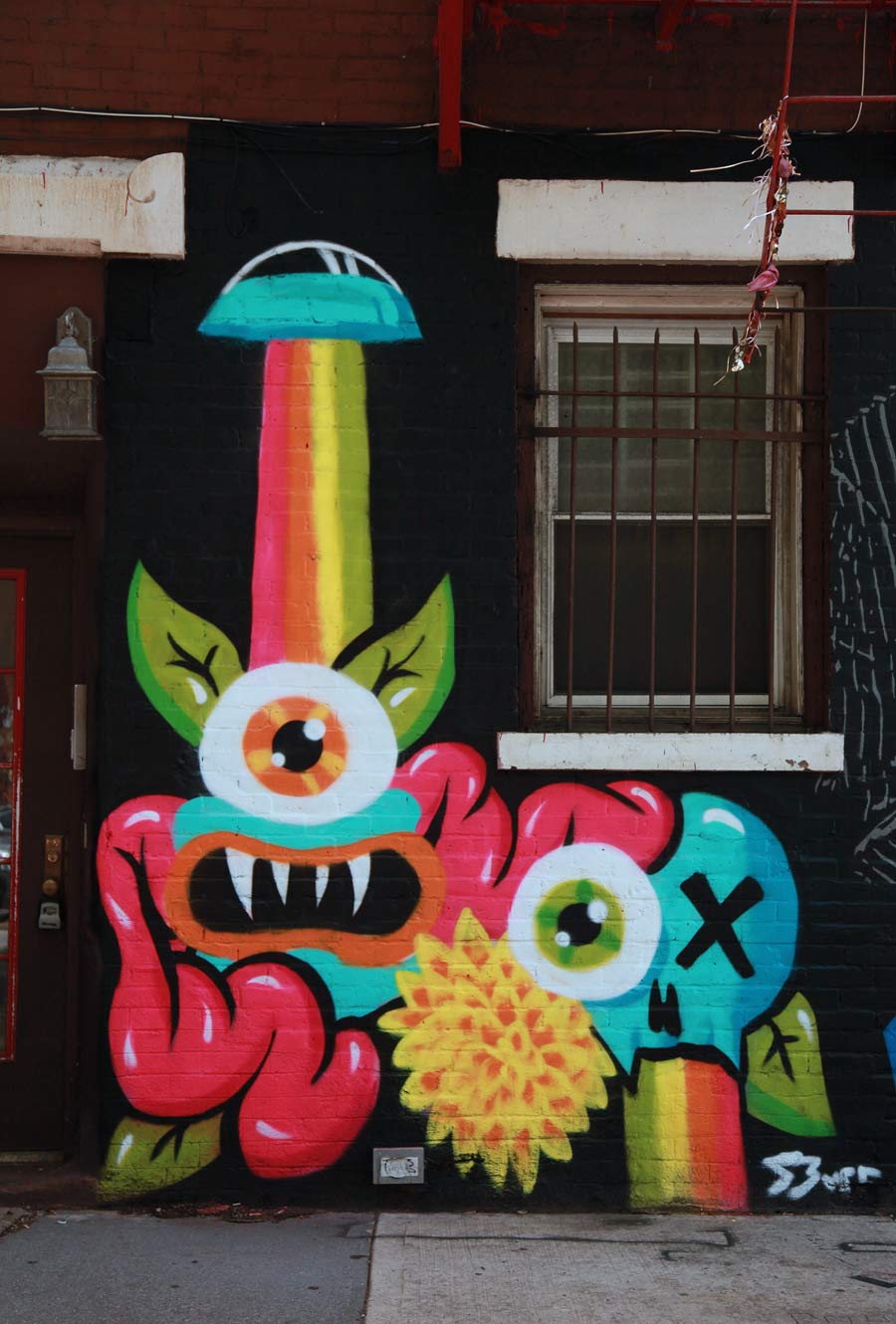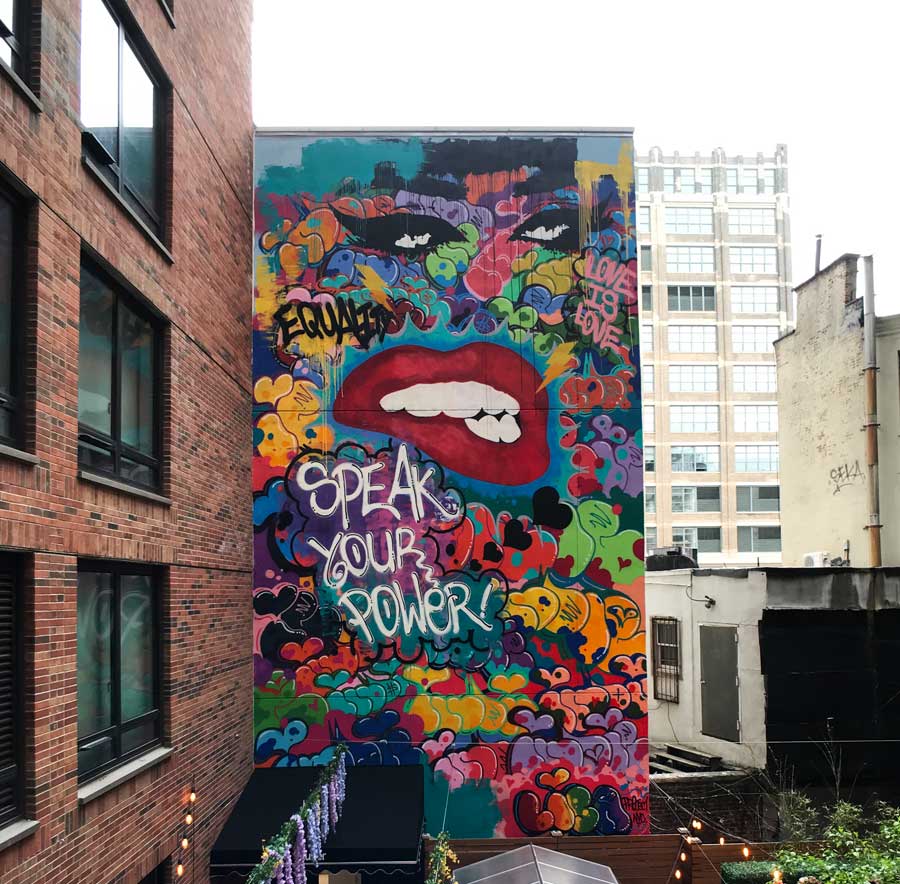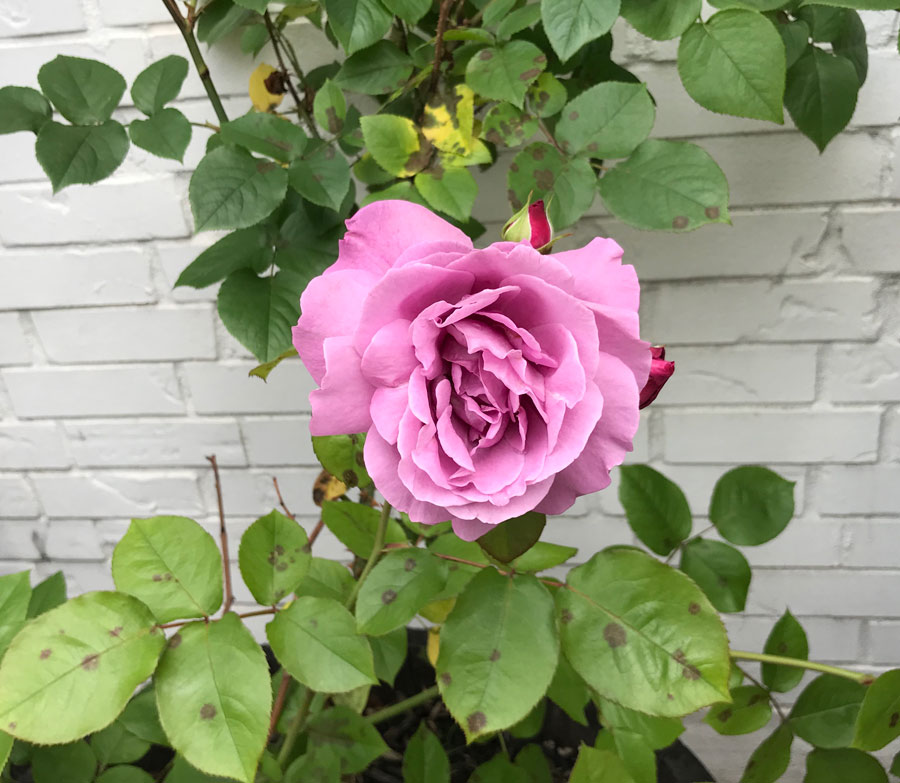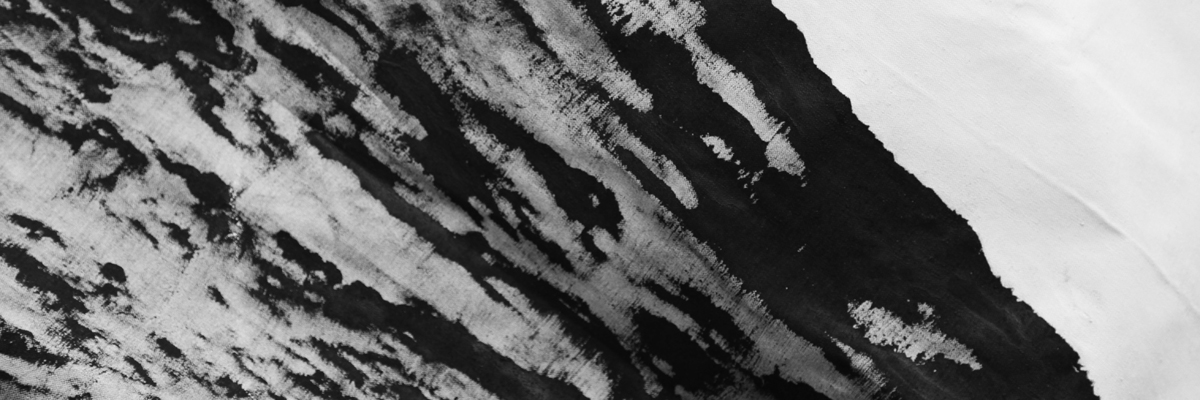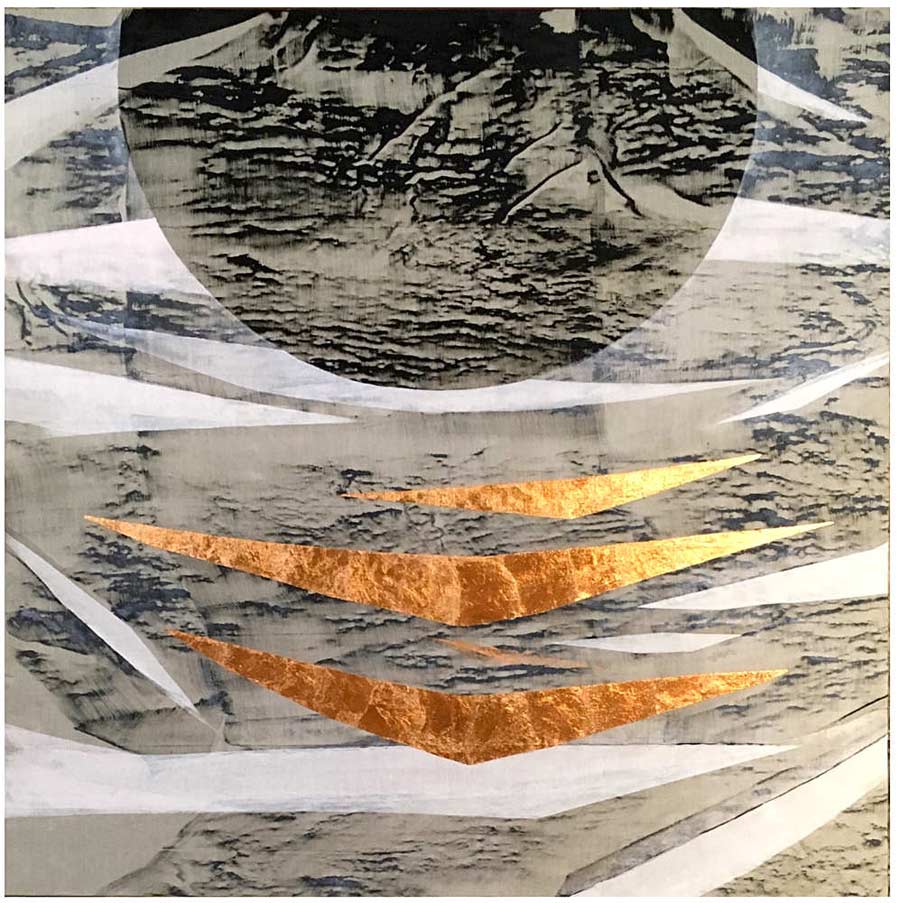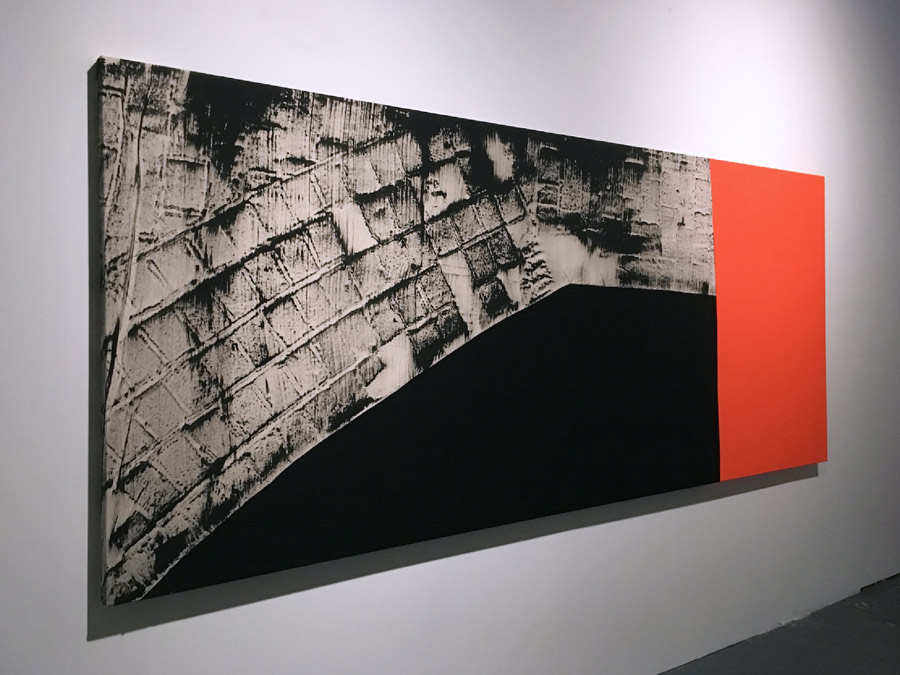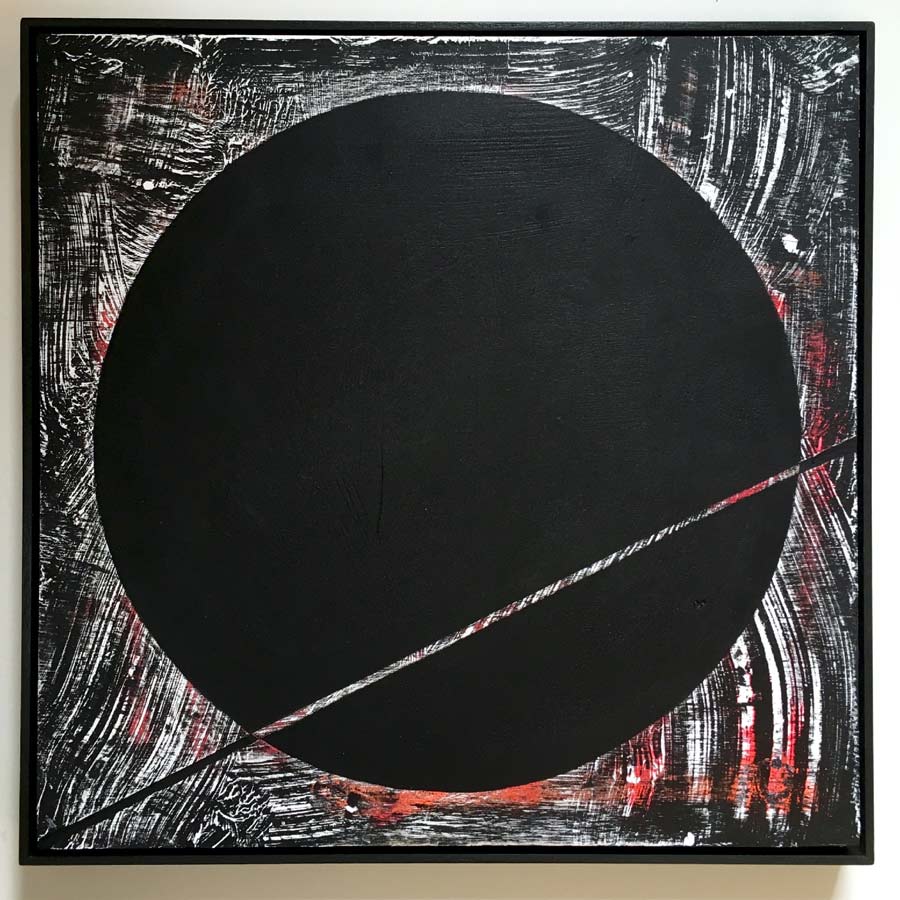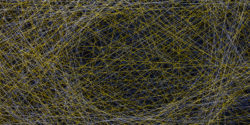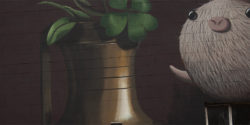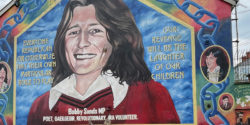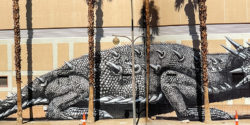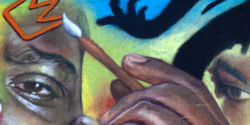Queer artists and writers in the graffiti and Street Art scene have always been present but like everywhere else in the culture they were more or less bullied by peers to deny it or keep it hidden. It might strike you as ironic or even hypocritical that a subculture of people who feel largely marginalized would propagate another layer of rejection onto their own peers, but humans and clans can be mysterious. And we don’t forget that it was the fags and drag queens who fought against the police in 1969, and who ultimately won through sacrifice, persistence,
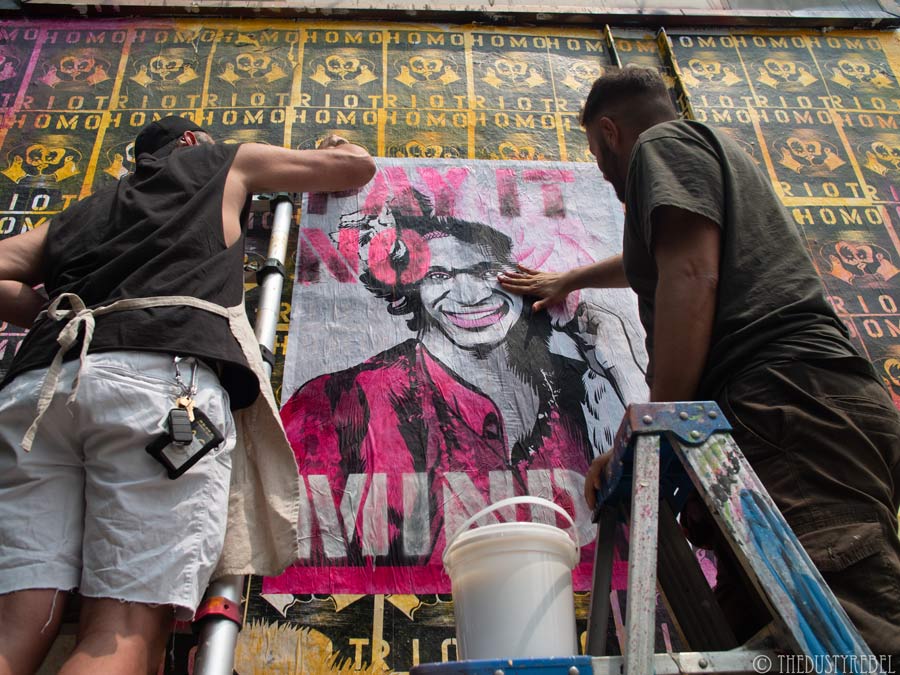
As attitudes slowly change in mainstream society, LGBTQ+ peeps with aerosol cans, stickers, stencils and wheat-pastse are also using graff and Street Art to bring their issues to walls around the city. Today we talk to two artists – Homo Riot and Suriani, along with photographer, film maker, and social activist The Dusty Rebel, who organized their own wall this week to collaborate in saluting one of those Stonewall queens who fought back, Marsha P. Johnson. Even after this new piece was vandalized, the crew simply went back to work to put it up again. The accompanying text and probable title of the piece is “Pay It No Mind”
BSA: Dusty, you’ve been thinking about this wall for Pride for a long time now.
The Dusty Rebel (Daniel Albanese): For over a year and a half, I have been traveling around the world filming my documentary about the global Queer Street Art movement. Very little attention has been paid to the topic, which I find curious since so many street art pioneers were queer. In my exploration, I have found that many queer-identifying street artists primarily install their work without permission and it’s often more subversive- which stands in contrast to the growing dominance of muralism.
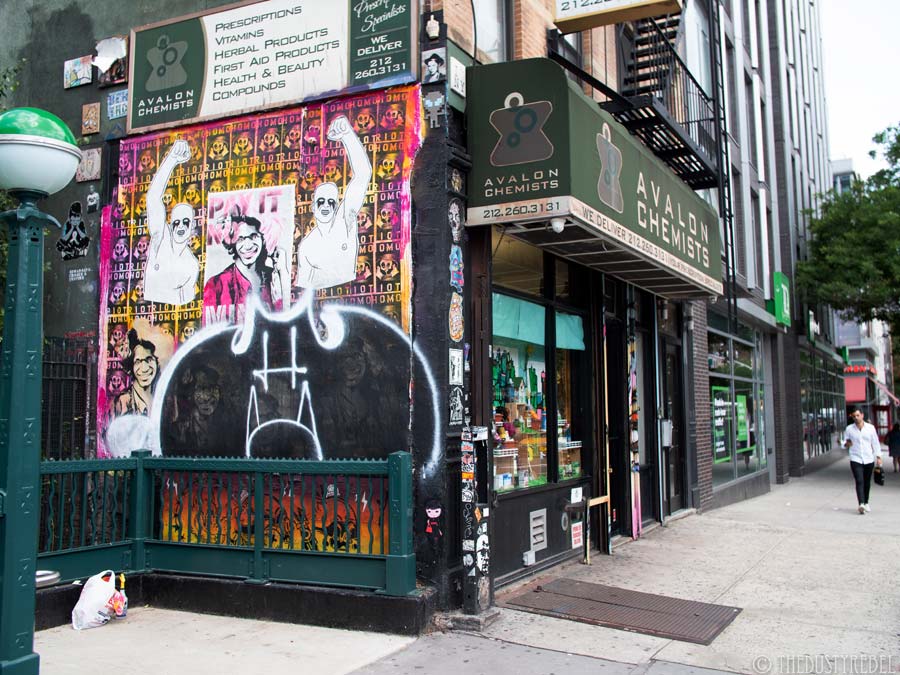
This wall is actually the kick off to a series of Queer Street Art that will be coming to NYC for Pride Month. I have partnered with Art In Ad Places, Keep Fighting NYC, and other community based projects to create a queer alternative to the overwhelming flood of corporate pride events. While not part of Reclaim Pride Coalition’s inaugural Queer Liberation March on June 30th, I was inspired by the activists who have organized to bring the “Spirit of Stonewall” directly to the street, and who are keeping the focus on the continuing needs of the LGBTQ+ community
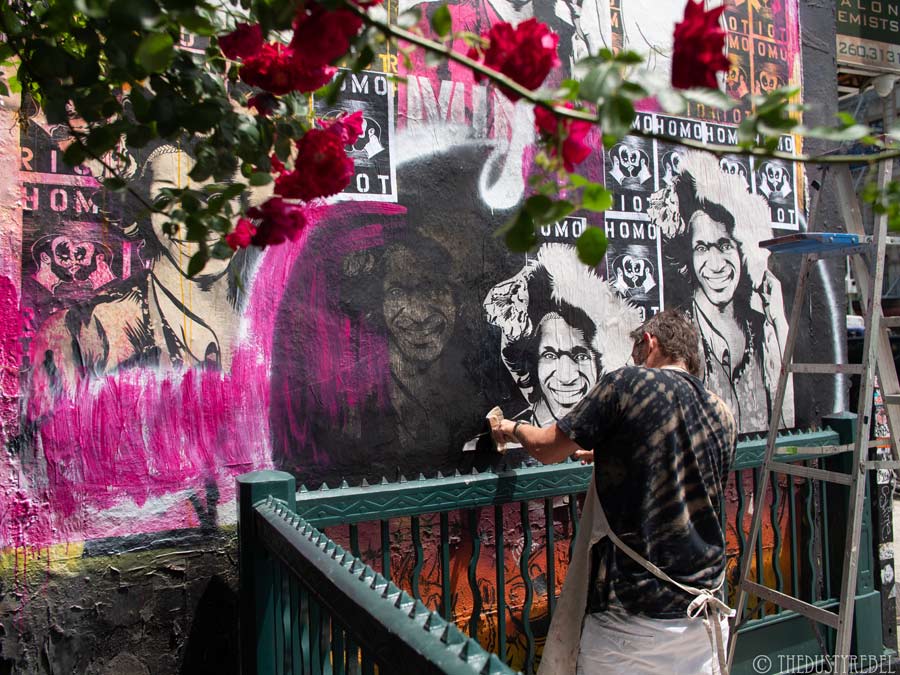
BSA: What’s the genesis of your idea for this installation? Getting walls in NYC for artists to paint free of charge is almost impossible. How did you manage to get this sweet spot?
The Dusty Rebel: Because it’s seems rare that queer artists get to paint overtly queer legal murals, I wanted to find a way to bring one to New York City. Several months ago, I contacted my good friend Steve Stoppart, and asked him if I could have his wall on Houston — just one block over from where Keith Haring painted the legendary Bowery mural in 1982. Immediately, he said yes and told me I had permission to do anything I wanted. We have no corporate sponsor, so the wall is totally funded by all of us chipping in as a community.
Once I had the wall, I immediately reached out to Suriani and Home Riot — two artists I have known for years, and who’s work had inspired me to start my film.
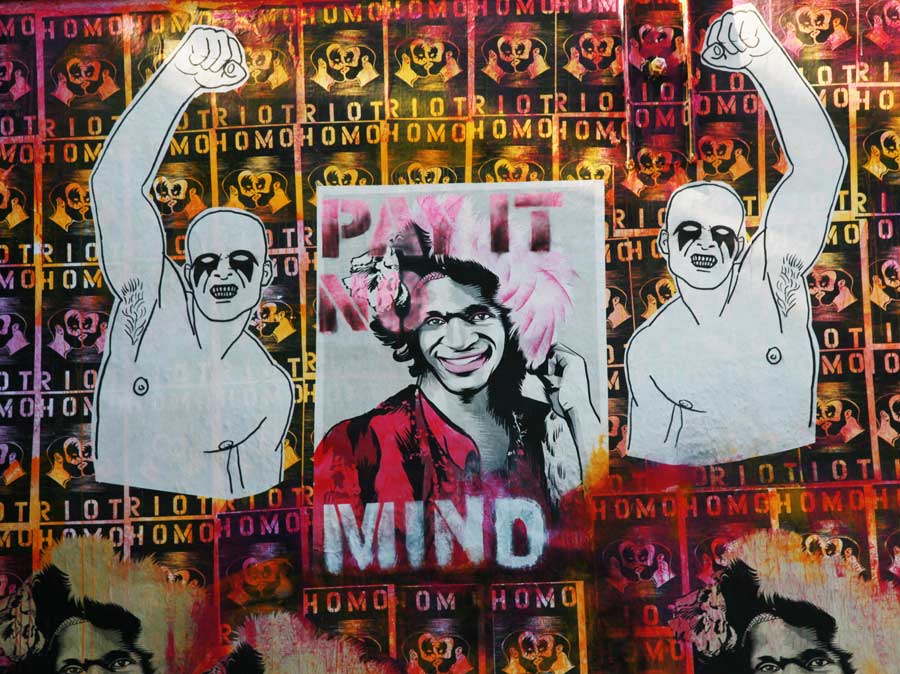
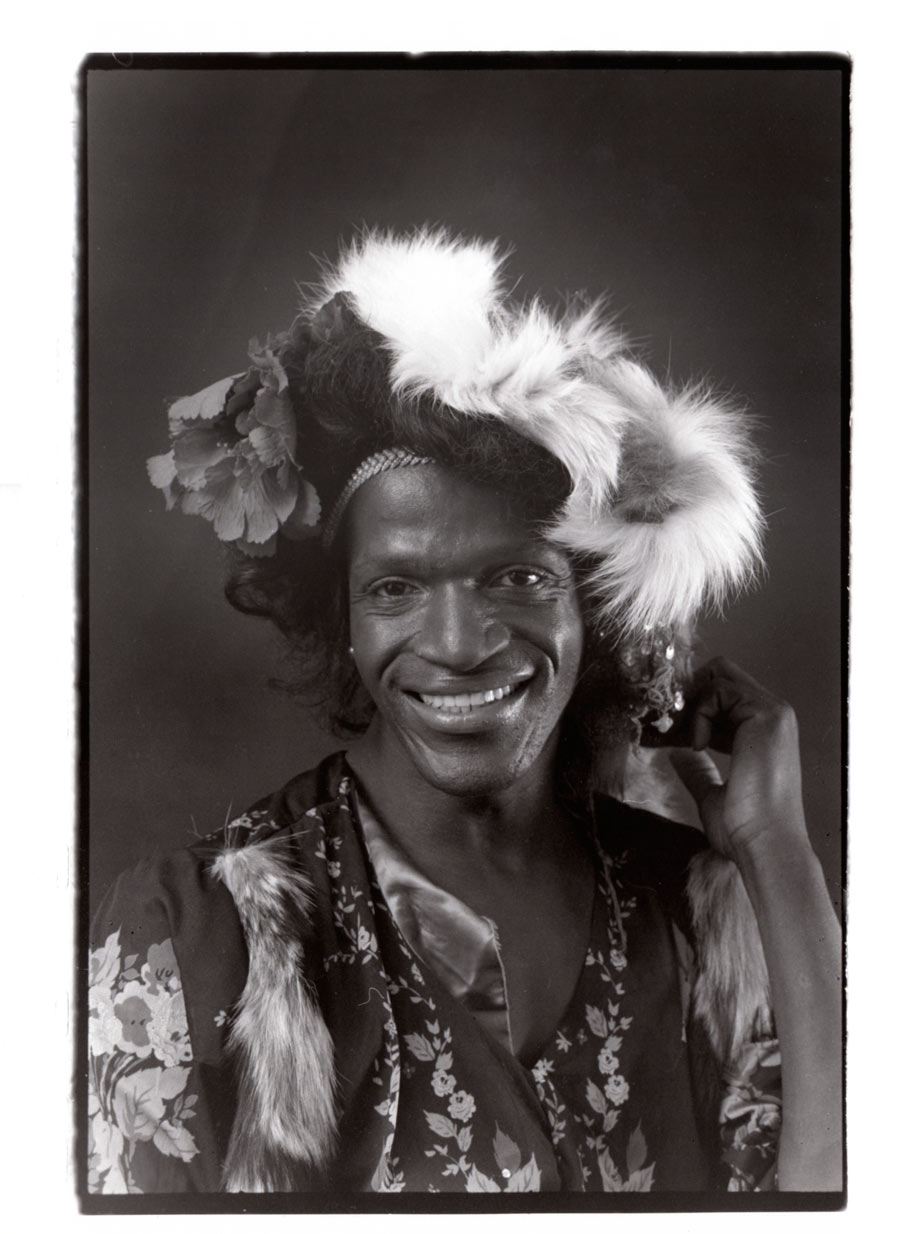
BSA: Almost as soon as the piece was completed someone defaced it. What was the message they tried to send by disrespecting the art and the artists? And how did you respond?
The Dusty Rebel: I know street art is ephemeral, and I also know that work that is unapologetically queer is especially targeted. So I knew it was coming, I just didn’t expect something that big and that fast in less than 30 hours. We made this piece as a community, for our community. We really wanted to start conversation about the issues that LGBTQ+ people face, and to honor the memory of Marsha P. Johnson and the Stonewall Riot. To have that important conversation cut short felt like a punch in the gut
In terms of how we dealt with it – we knew who it was, so we reached out to him and explained why the mural was important. He said he wasn’t motivated by homophobia and apologized. And I get it. I’ve known enough vandals to understand that sometimes when your bombing you’re not necessarily thinking about what you’re hitting. But we had planned for something like that, so we were ready to “pay it no mind” and to restore the mural.
BSA: How did Homo Riot and Suriani approach the collaborative aspect of the installation.
The Dusty Rebel: We began planning this wall over seven months ago. I told them I wanted it to be a celebration of queer liberation and make reference to New York’s history. While they are familiar with each other’s work, neither had met in person. Both artists have very different aesthetics. Homo Riot’s work being more homoerotic and aggressive, while Suriani’s is a colorful exploration of gender. So I knew it would be a challenge, but I also knew they would take the collaboration seriously. This wasn’t just two artists who were slapping their work next to each other. They listened to each other and compromised, without compromising their artistic voices. So, I’m very proud of them and the wall they created.
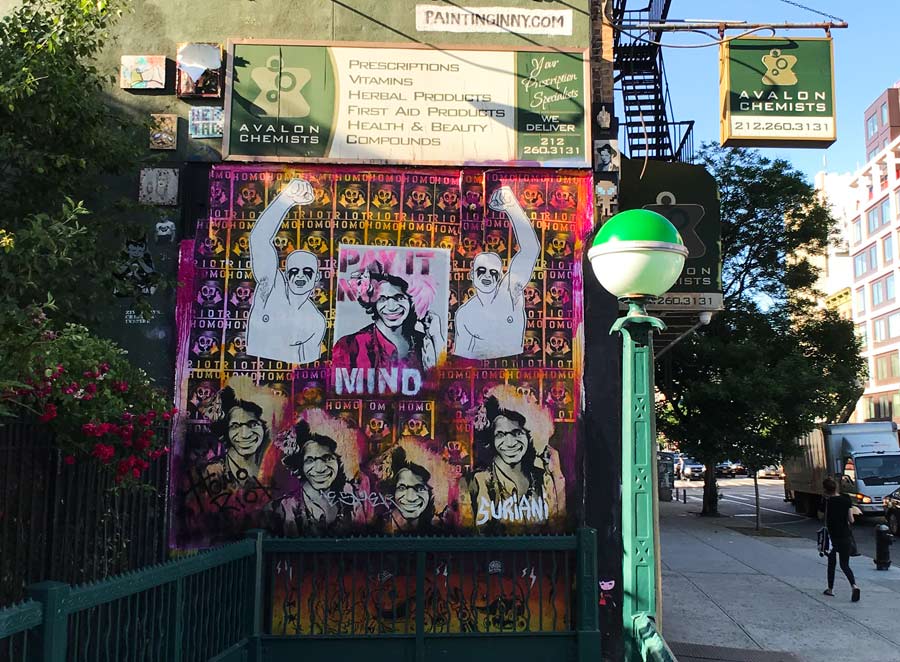
BSA: Why do you think it’s important to have queer perspectives in Street Art?
Homo Riot: Street art is egalitarian. It’s open to all and its consumption is not restricted to a particular class, creed or level of education. And because it’s ubiquitous in our current environment, it provides opportunities for queer and marginalized people to be visible. In urban environments, queer art becomes part of the landscape and our presence hopefully becomes part of the collective consciousness making way for acceptance and inclusion. In small towns and long stretches of interstate, representations of LGBTQ+ art are important for those members of our community who are isolated and may feel alone.
BSA: Why do you think it’s important to have queer perspectives in Street Art?
Suriani: I think it is important to have queer perspectives in all kinds of art or environments. Street Art is a space of free self-expression. It happens in public space, so it is accessible to everyone. Queer culture traditionally occurs in closed spaces due to the repression and violence LGBTQ+ people have suffered throughout history. Expressing our values and points of view to a larger public might spread awareness of our existence and help our communities in our fights for equality in terms of acceptance and rights
The official art world is already aware of these issues as we can see with the
 BROOKLYN STREET ART LOVES YOU MORE EVERY DAY
BROOKLYN STREET ART LOVES YOU MORE EVERY DAY
